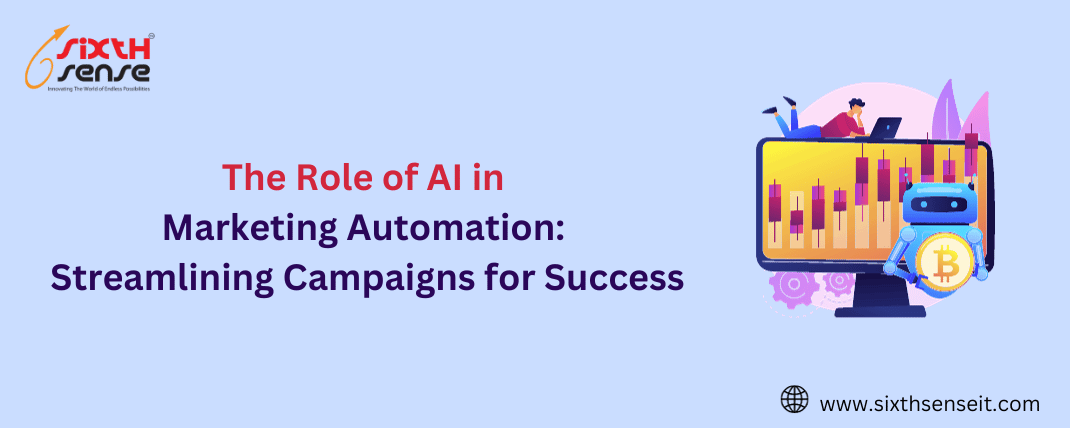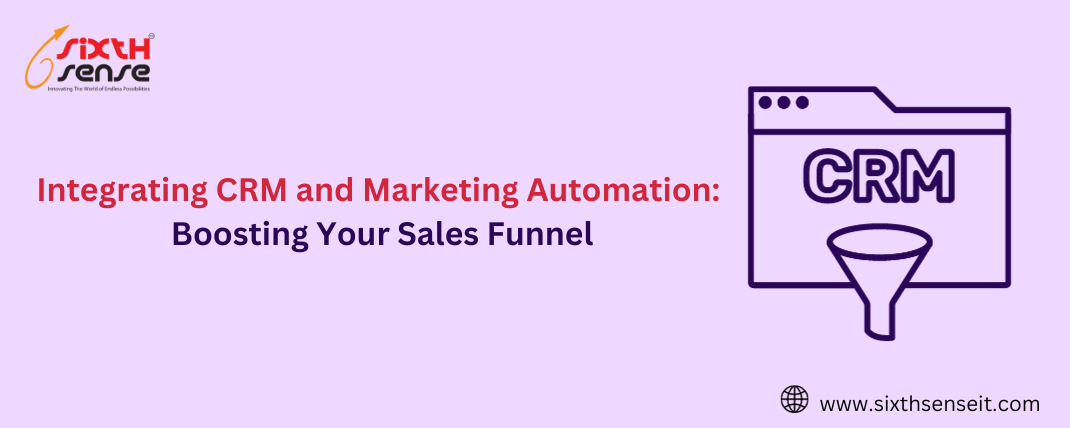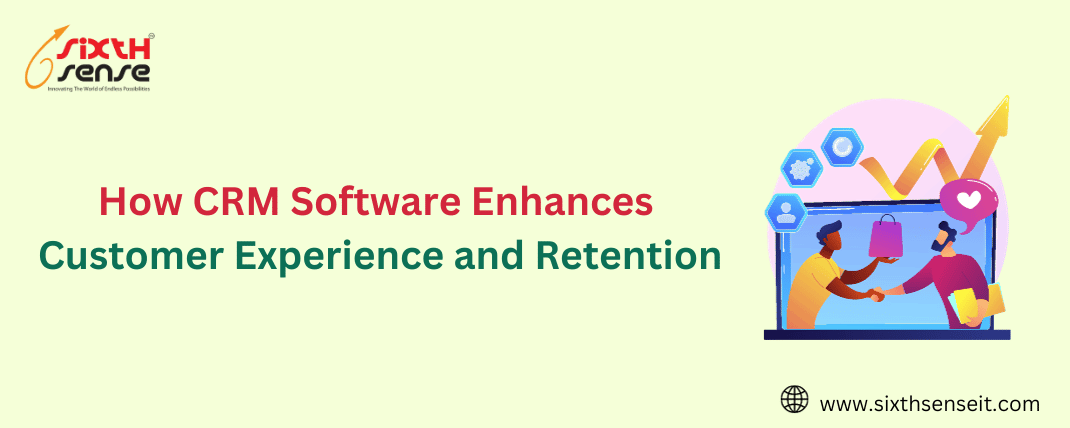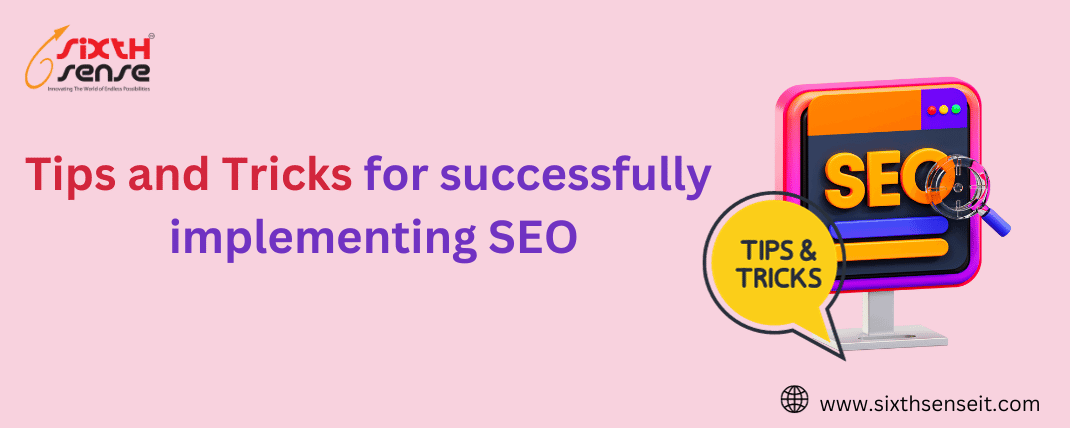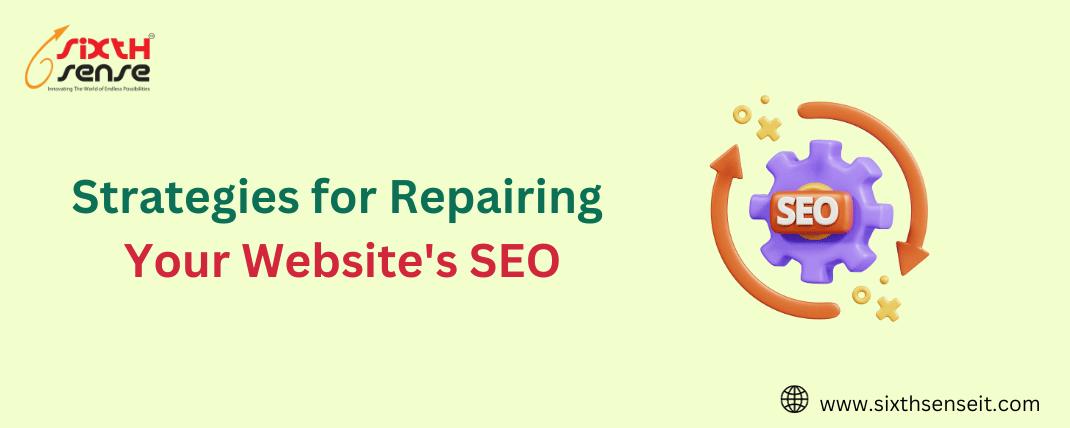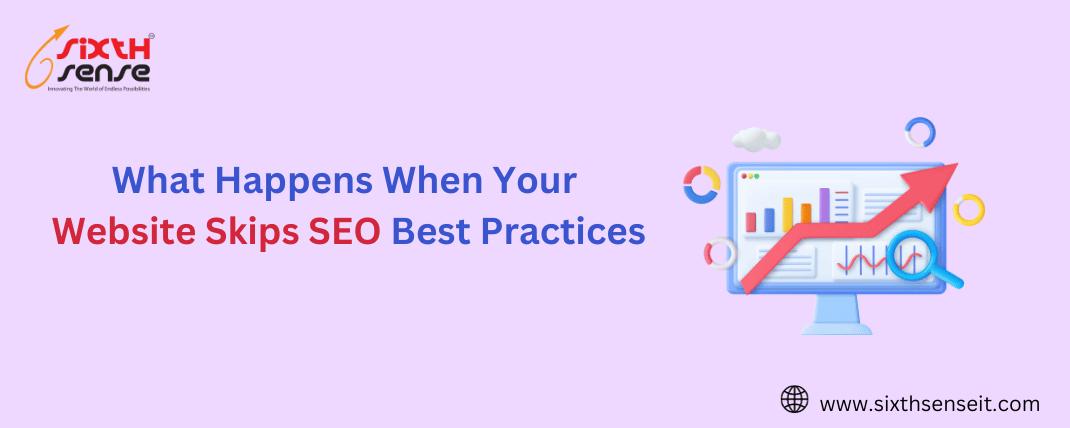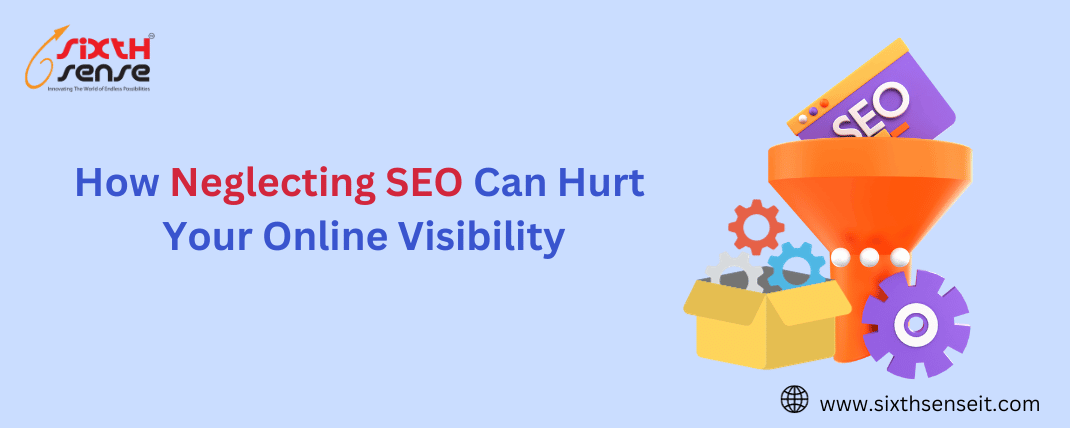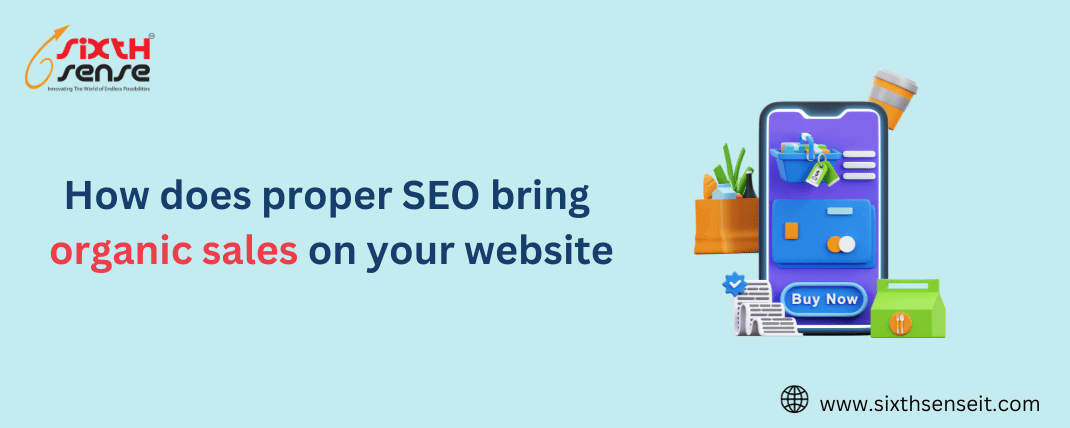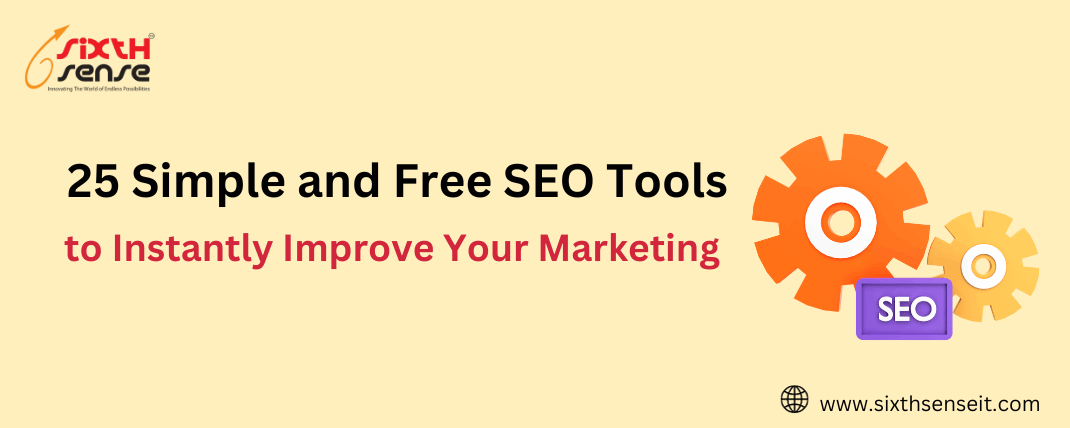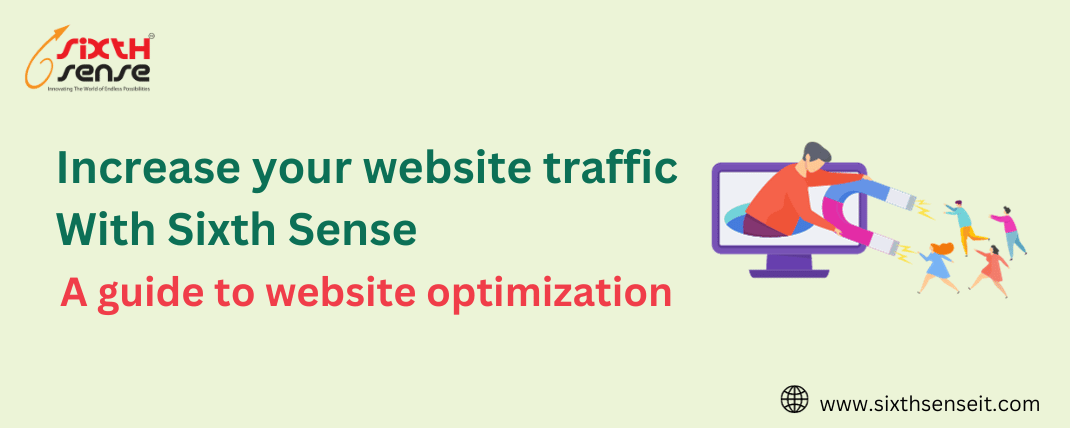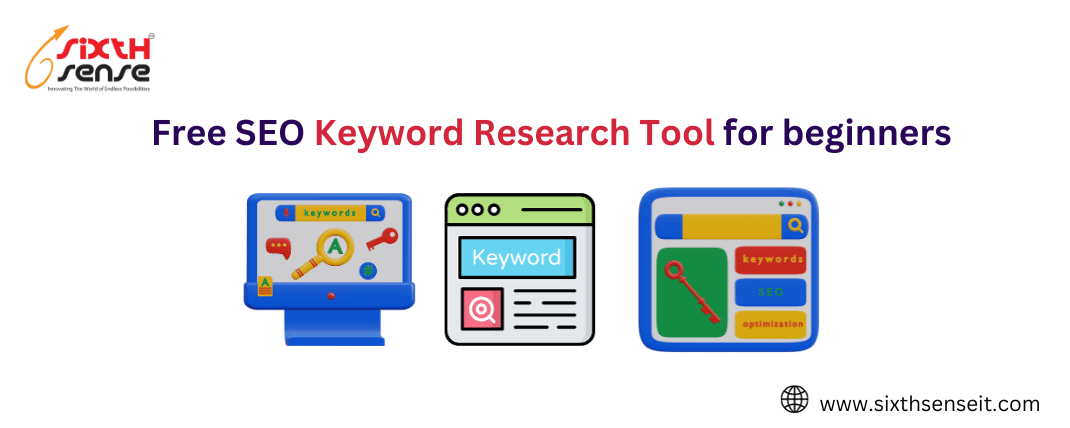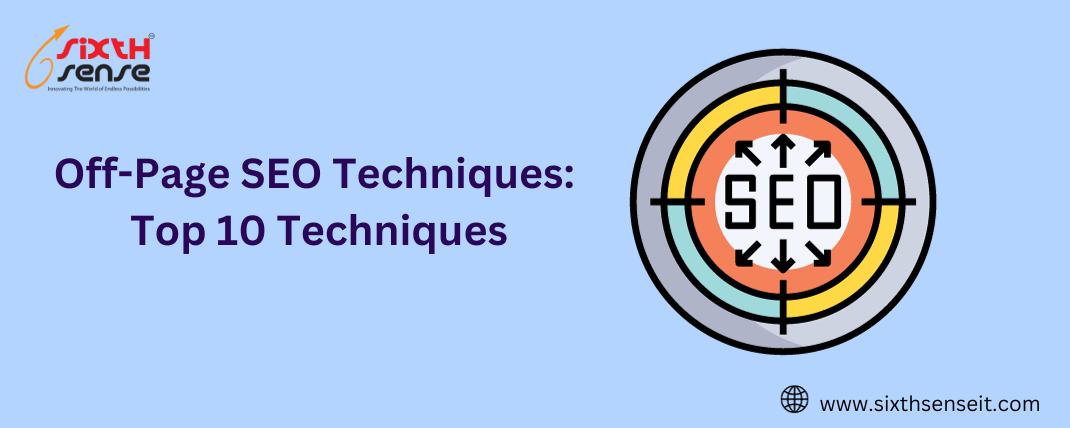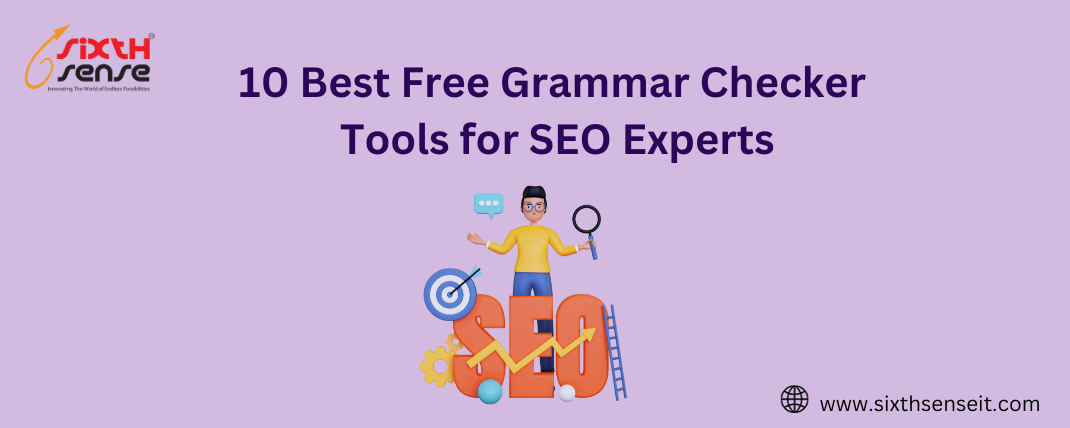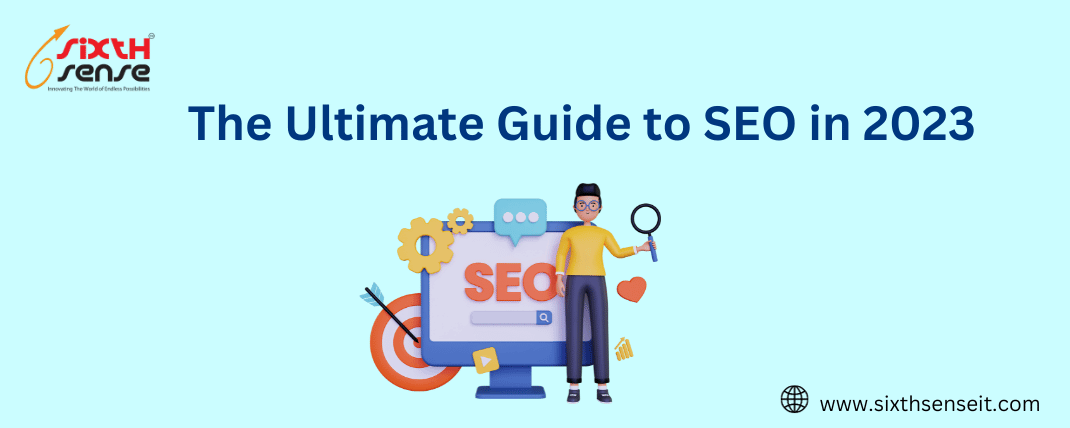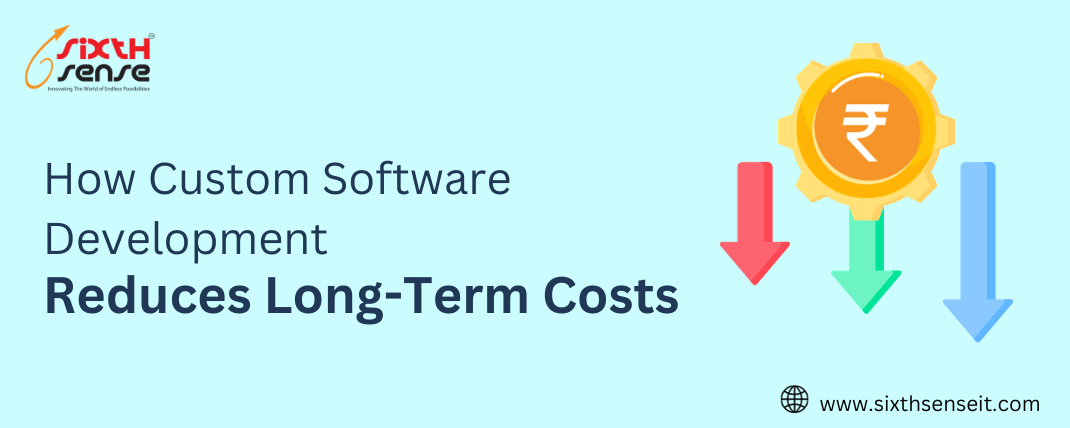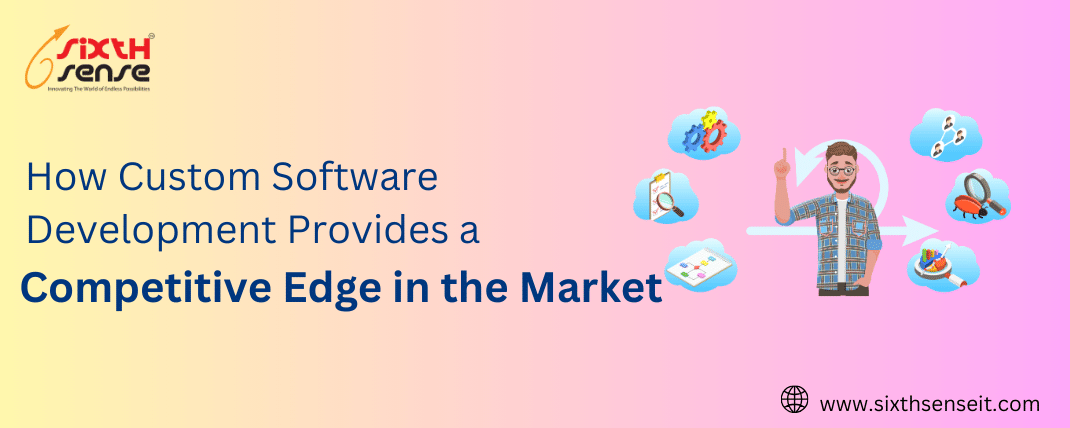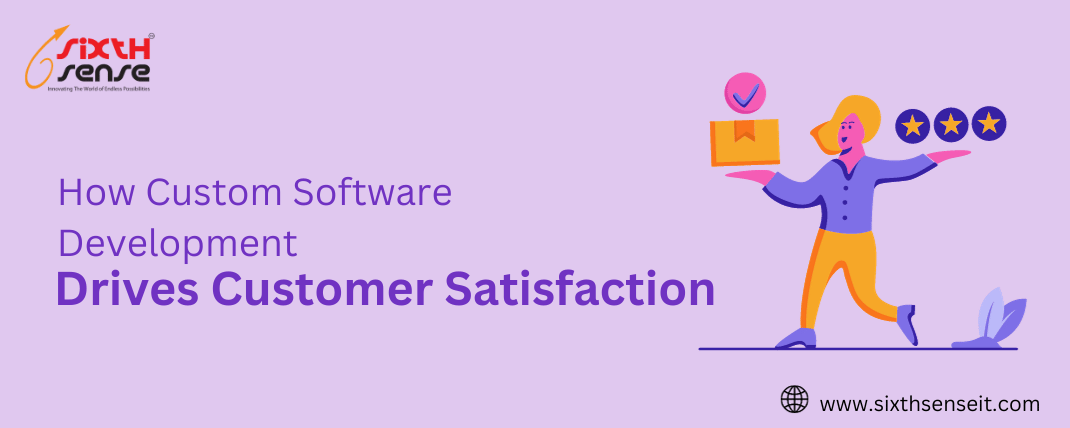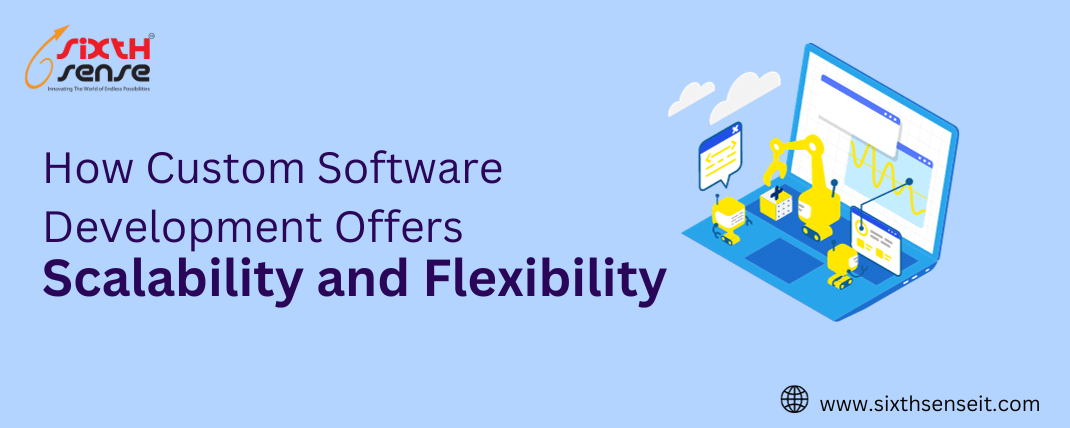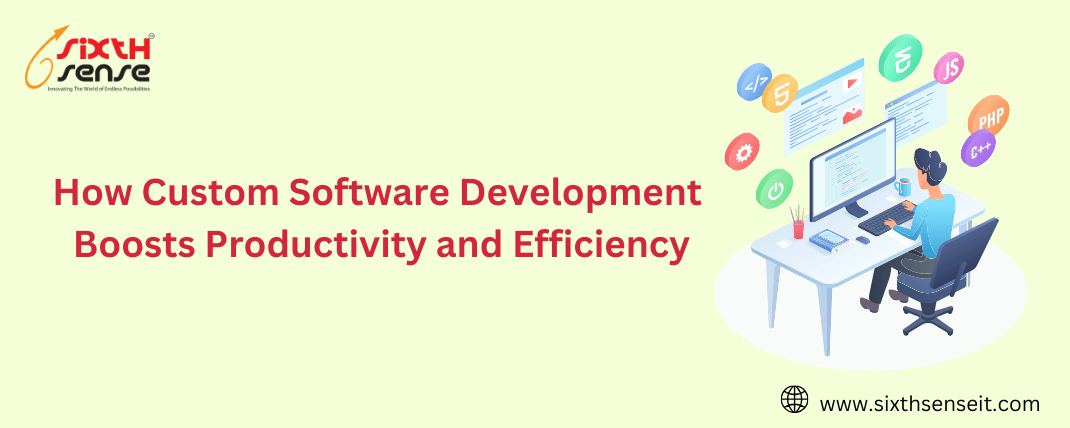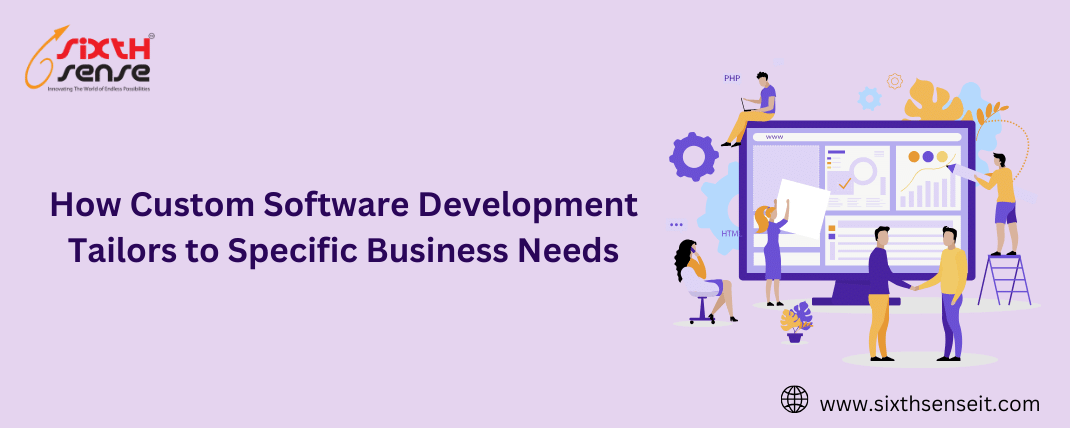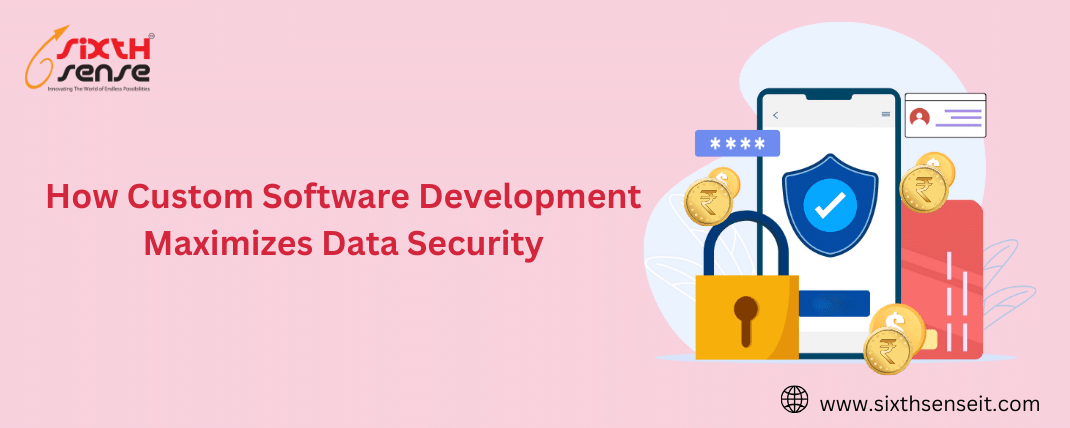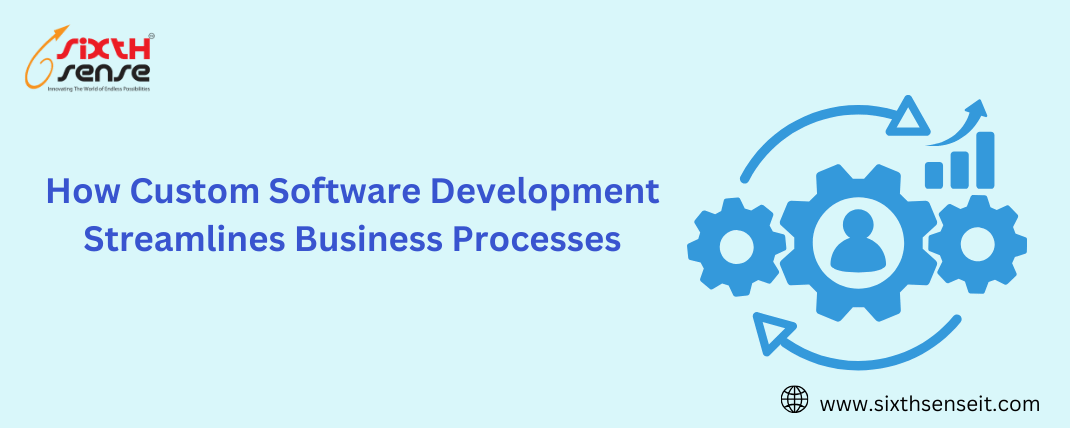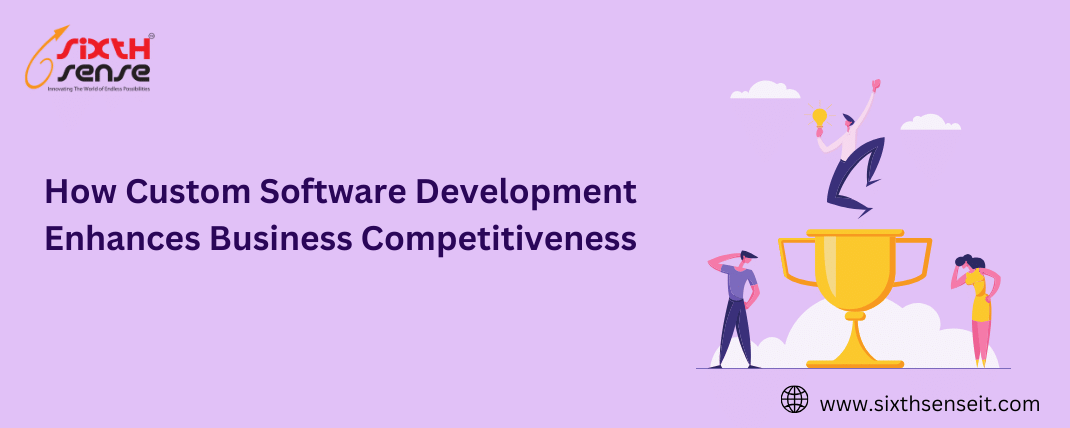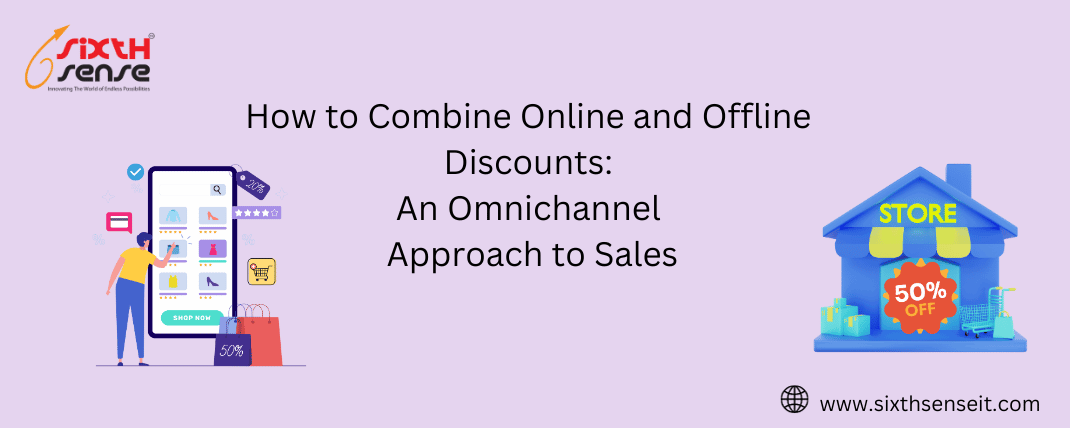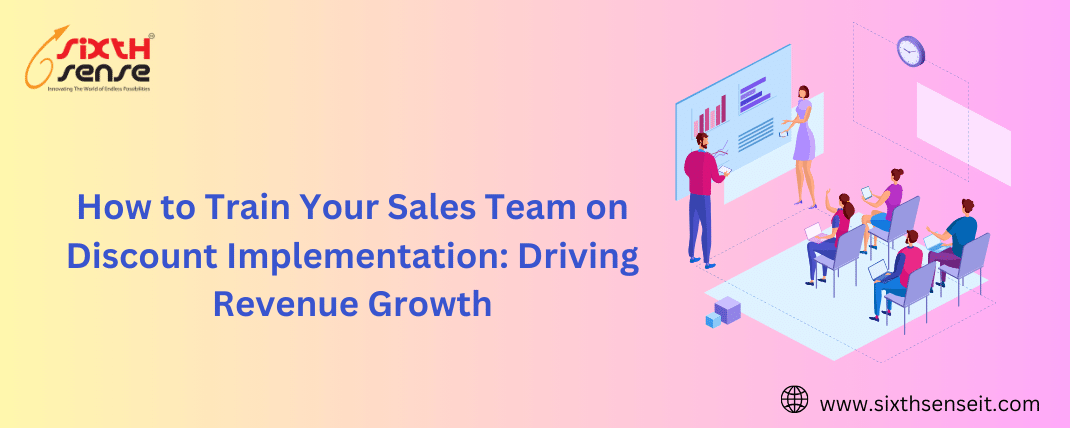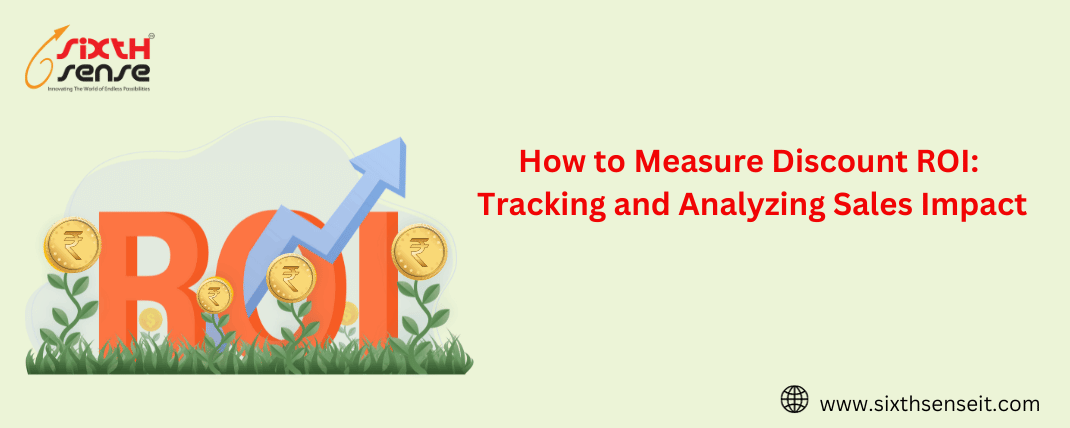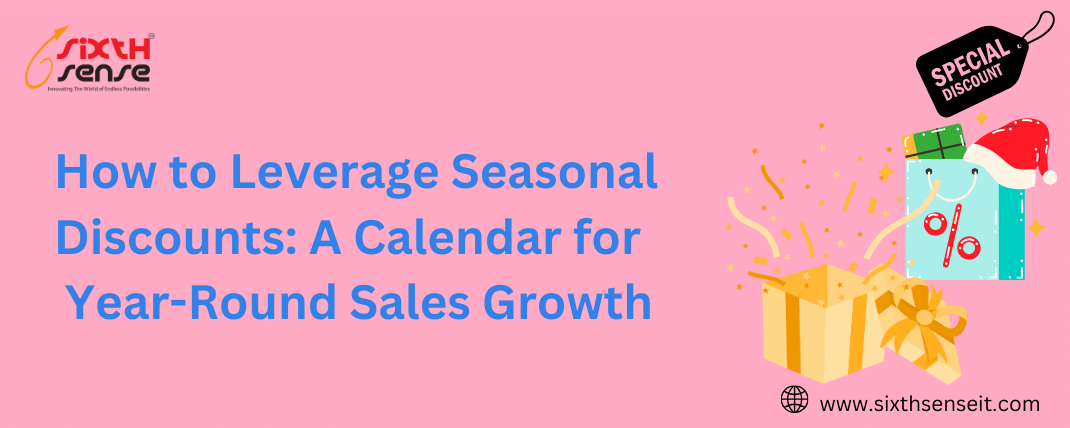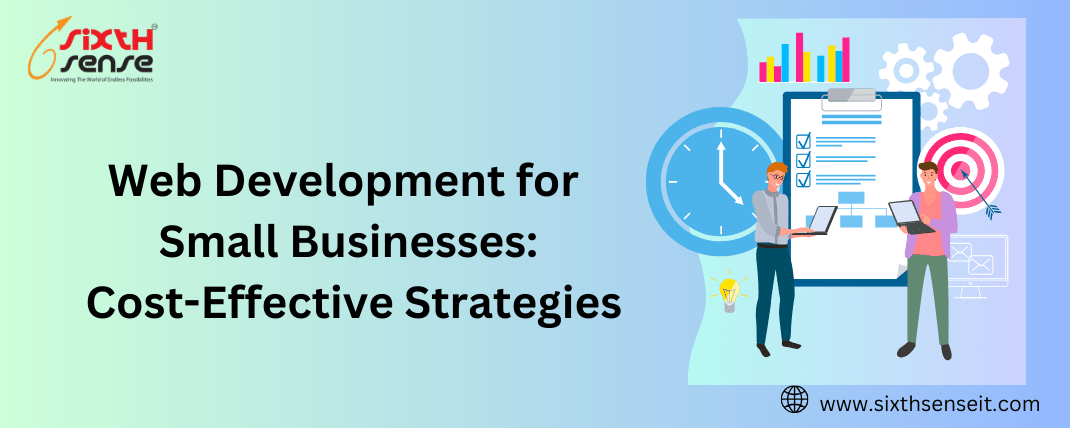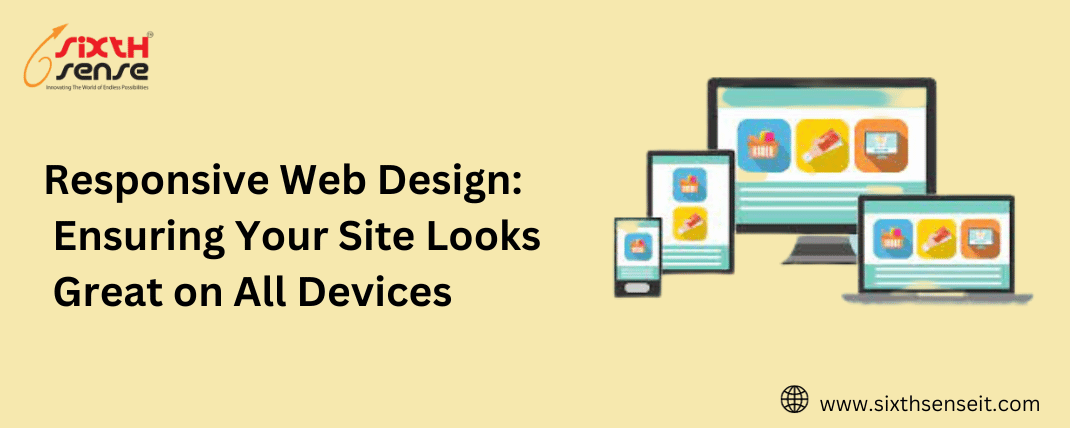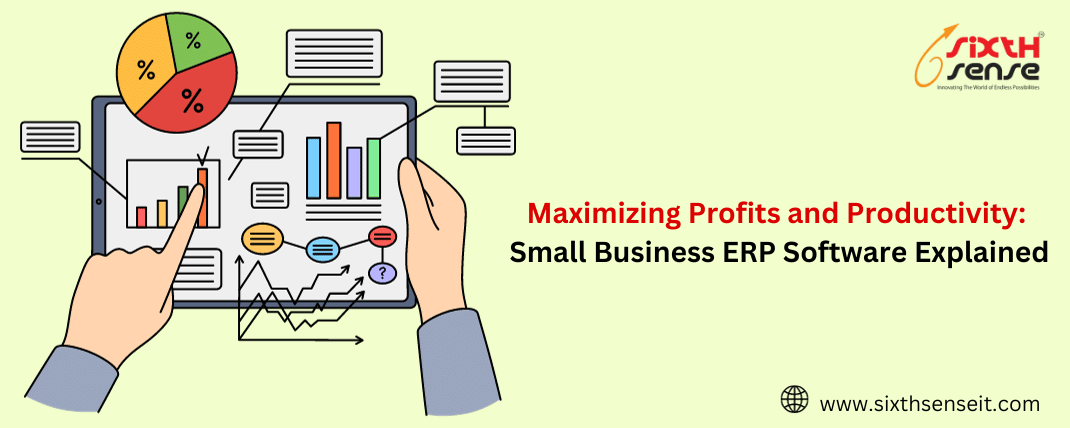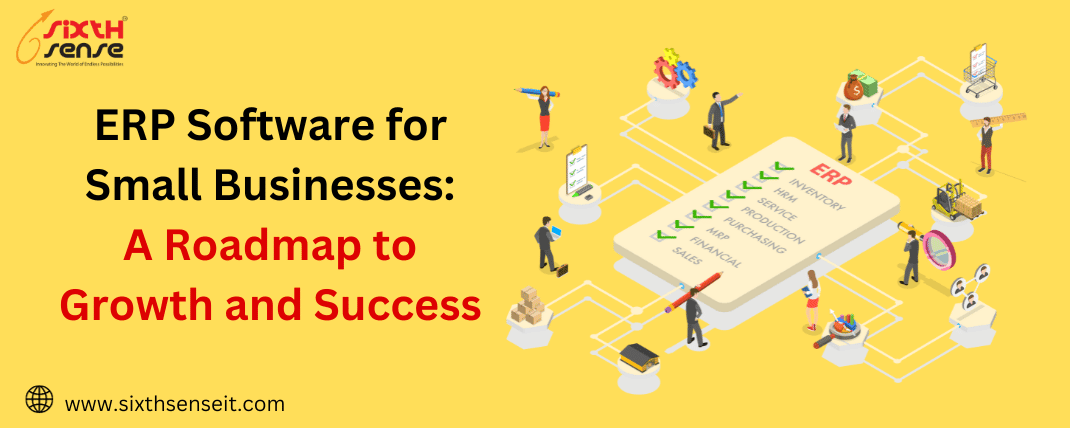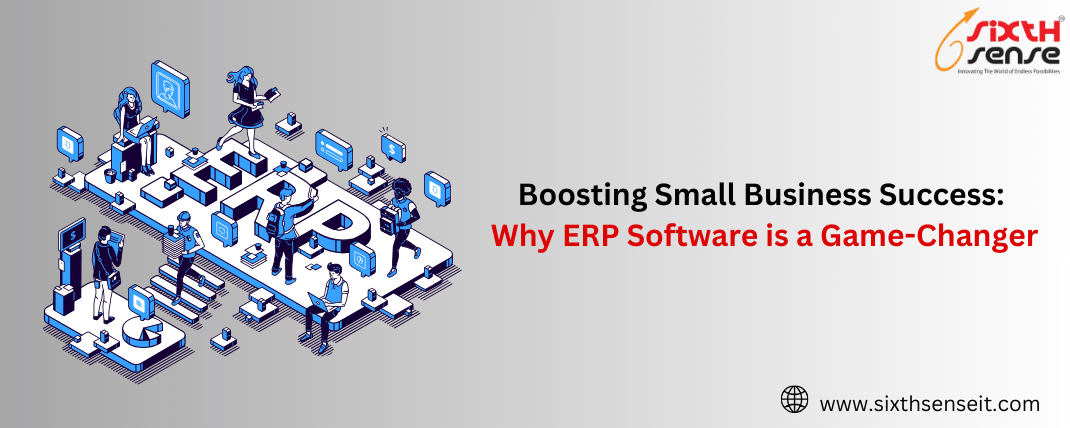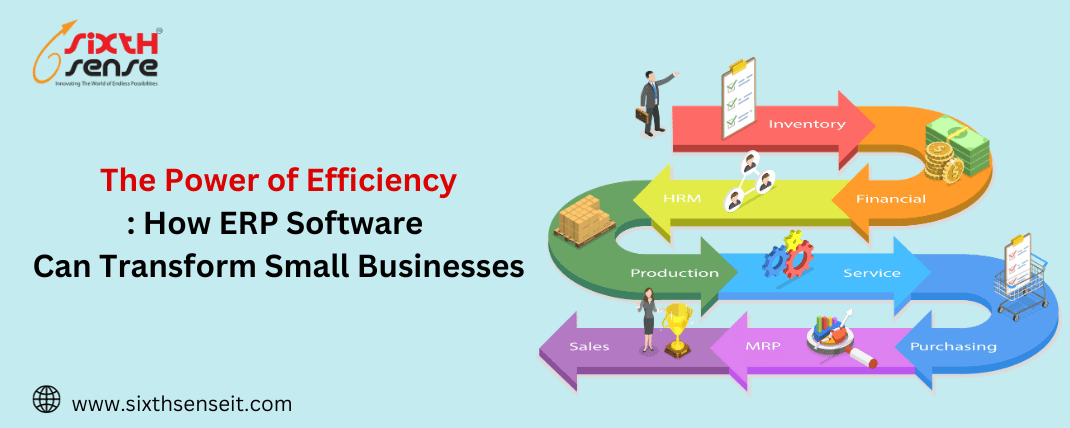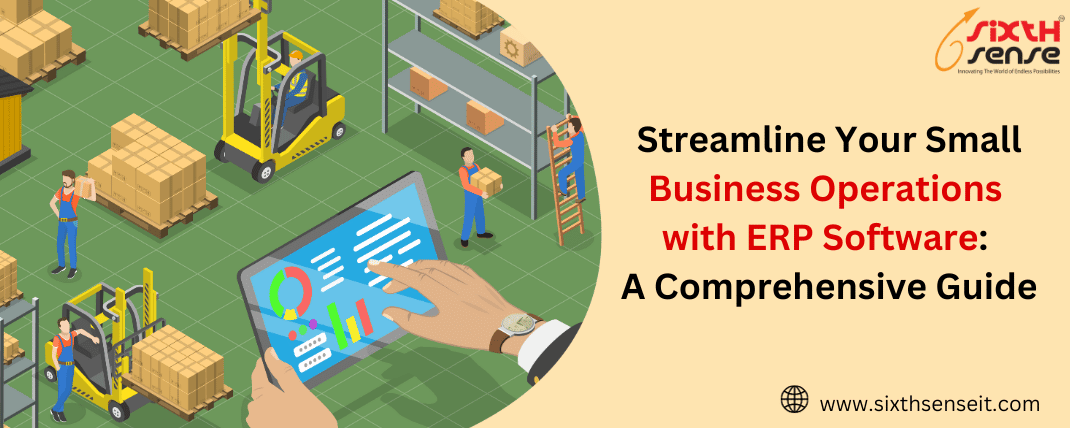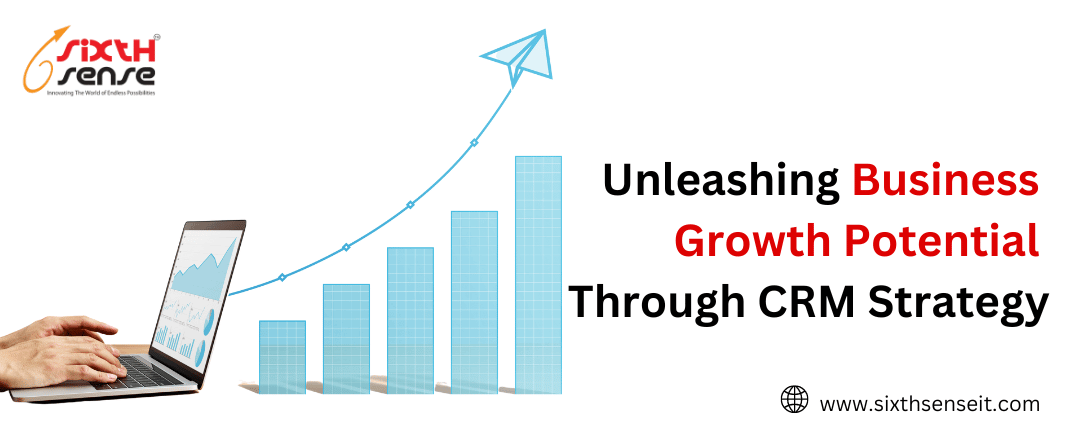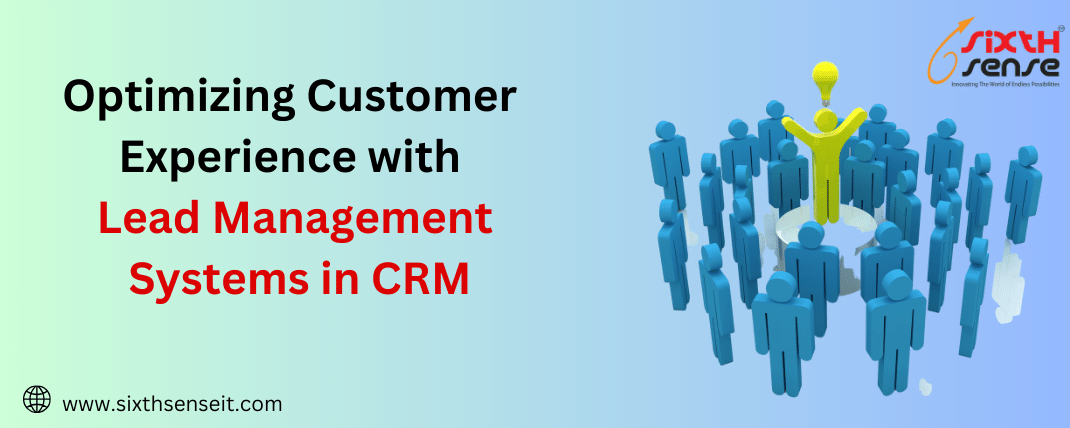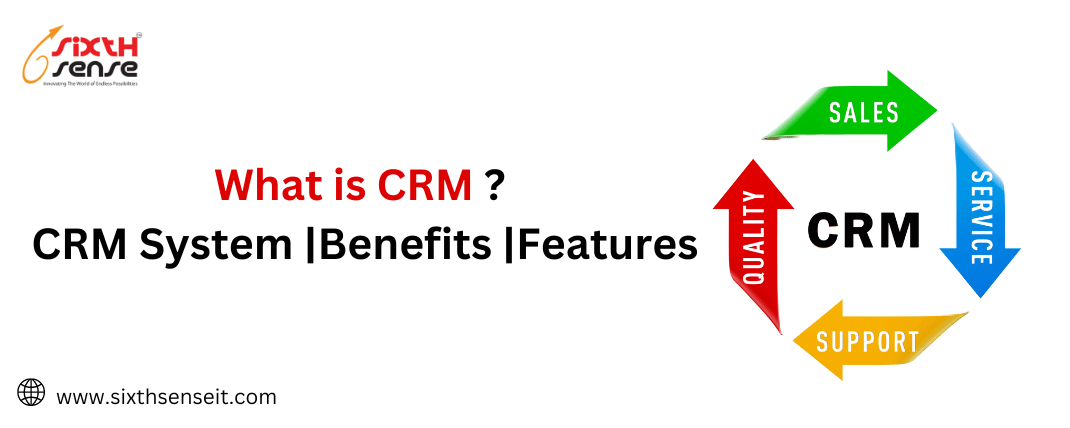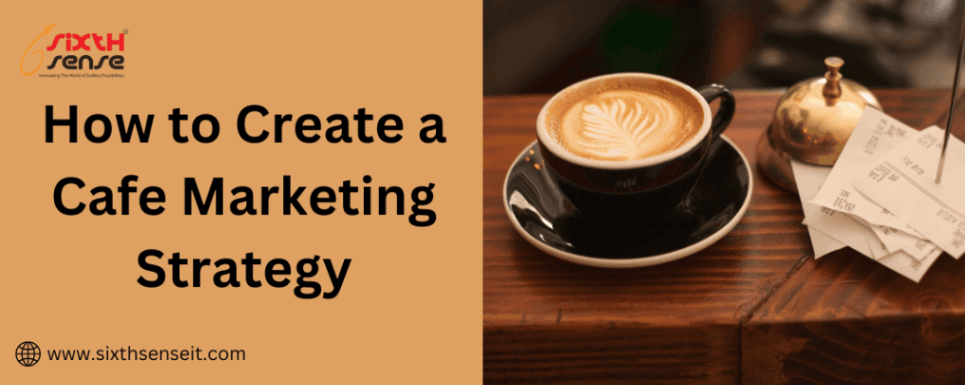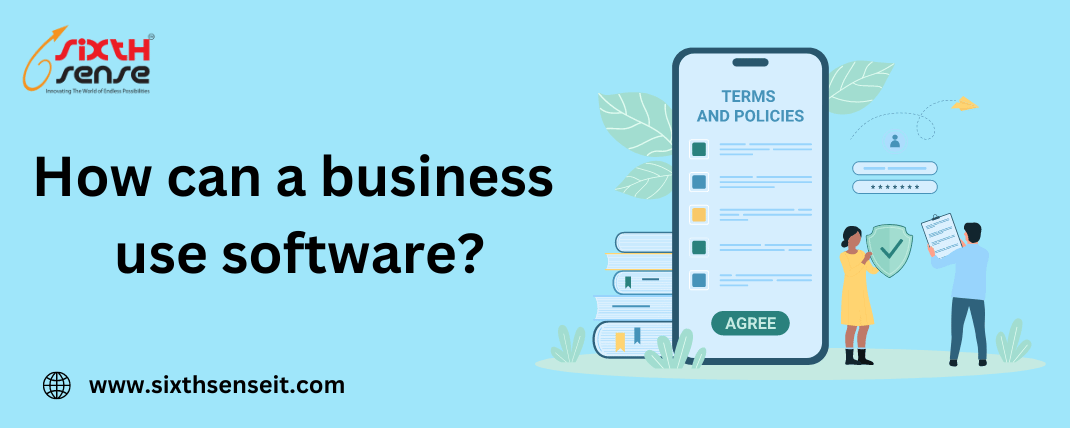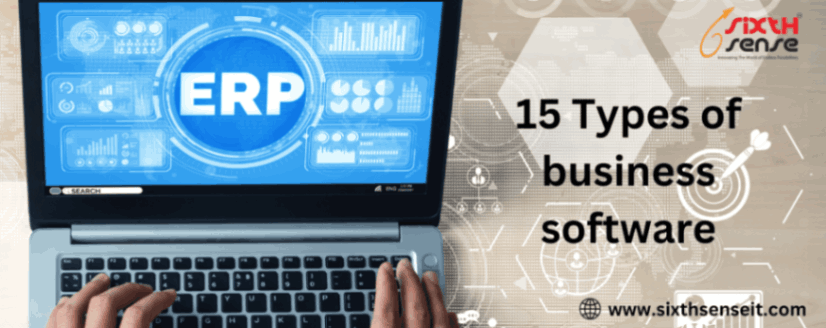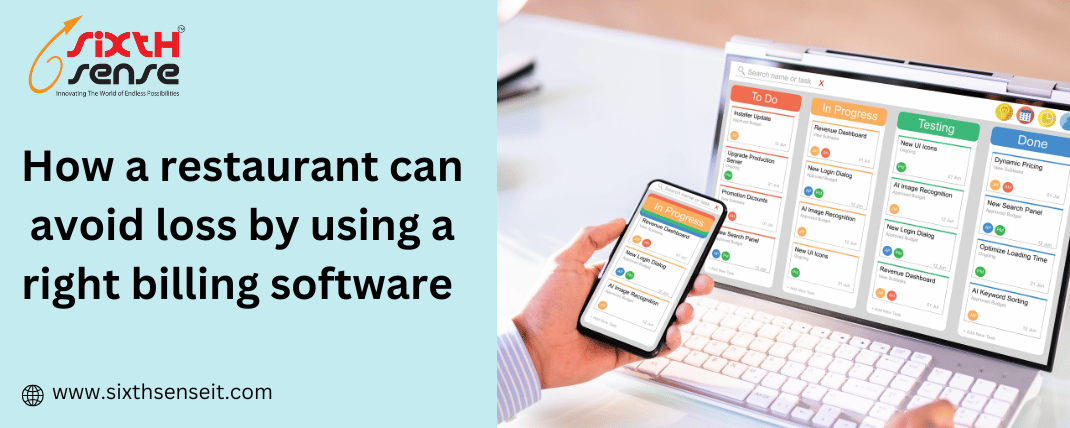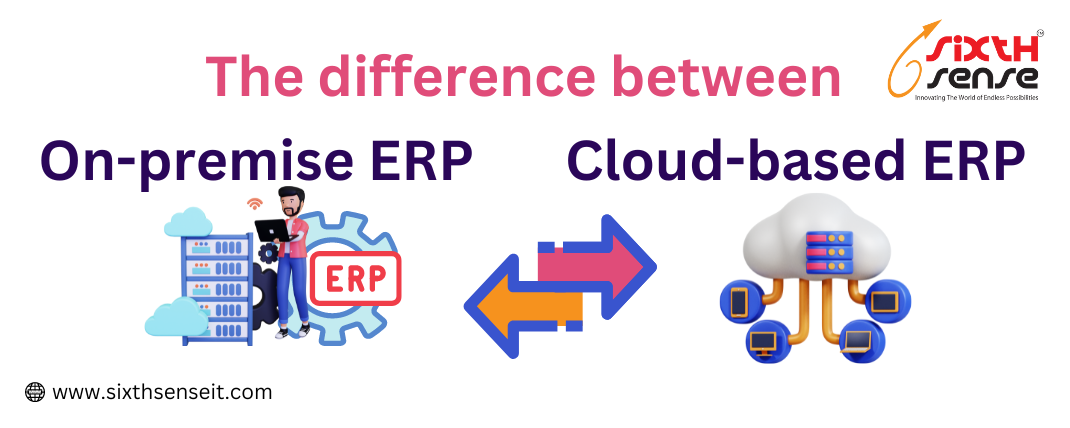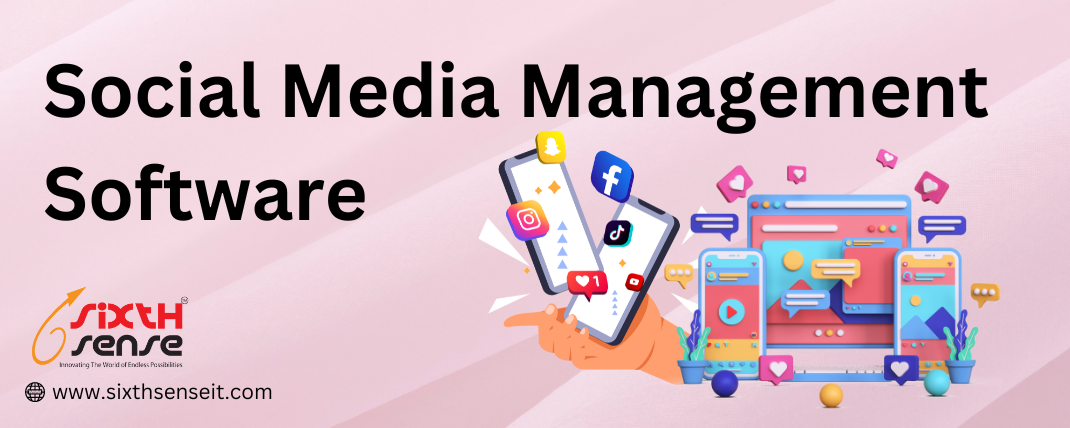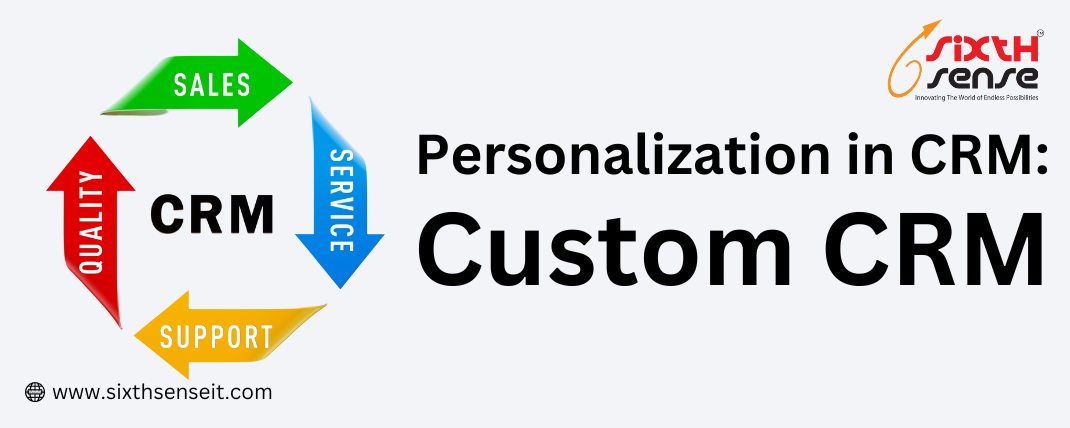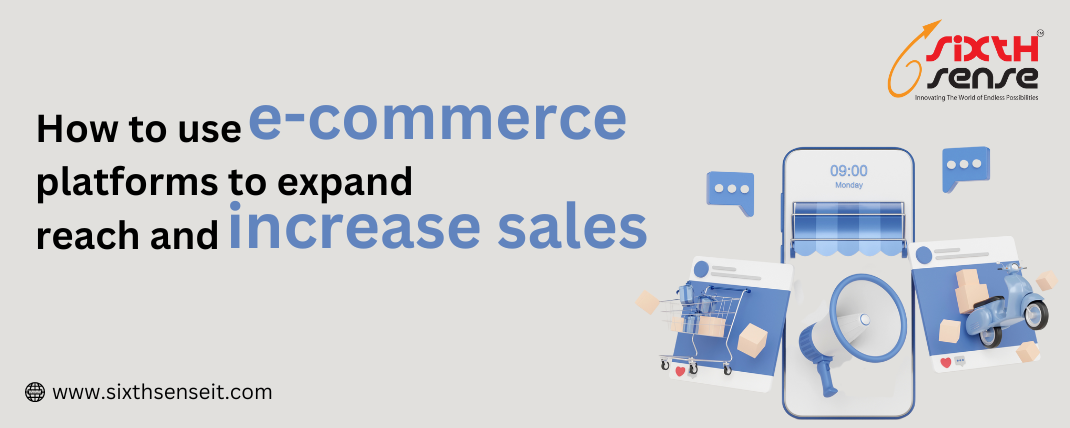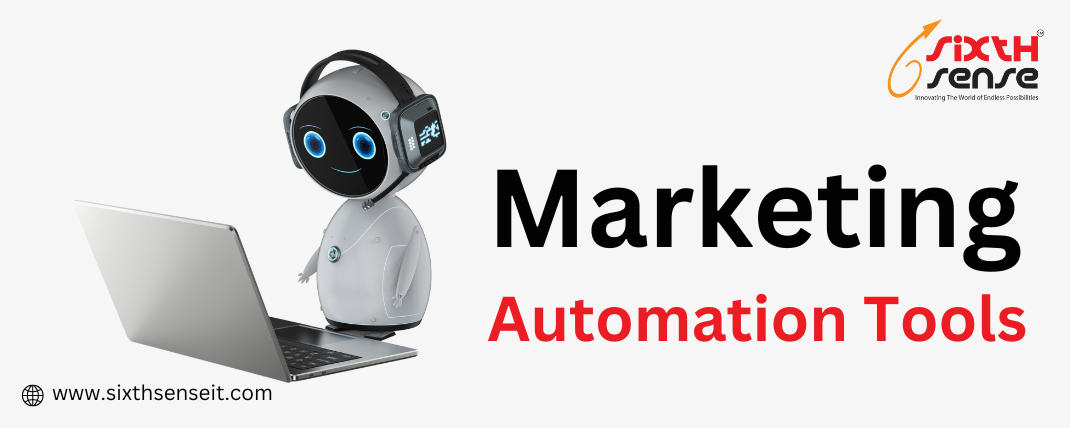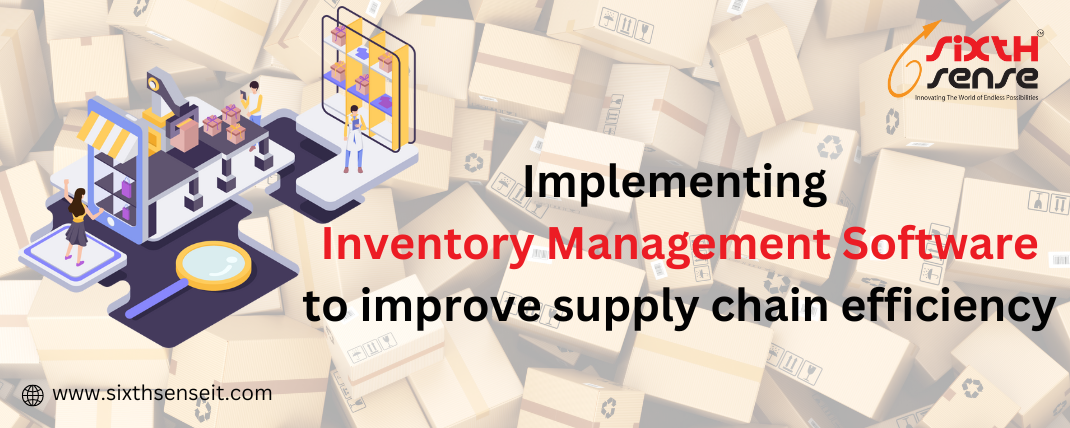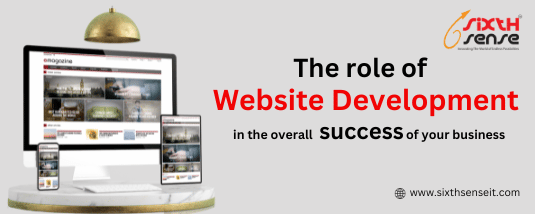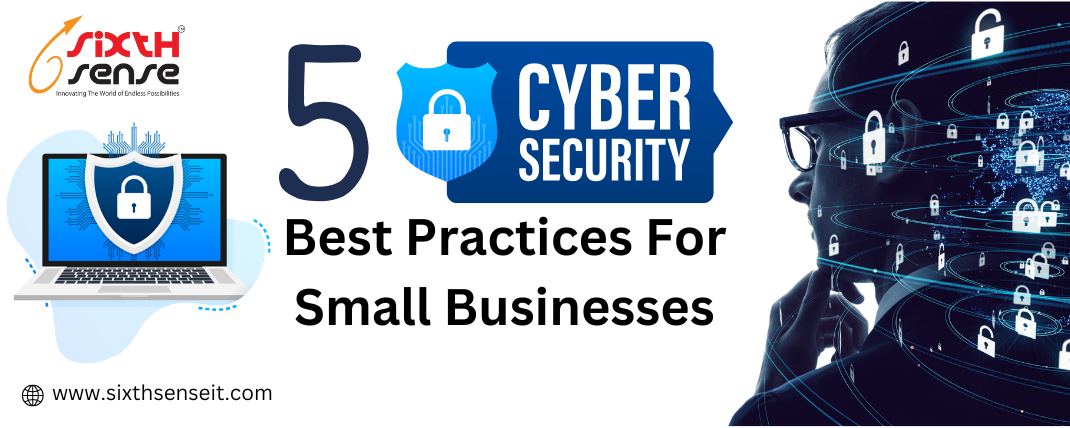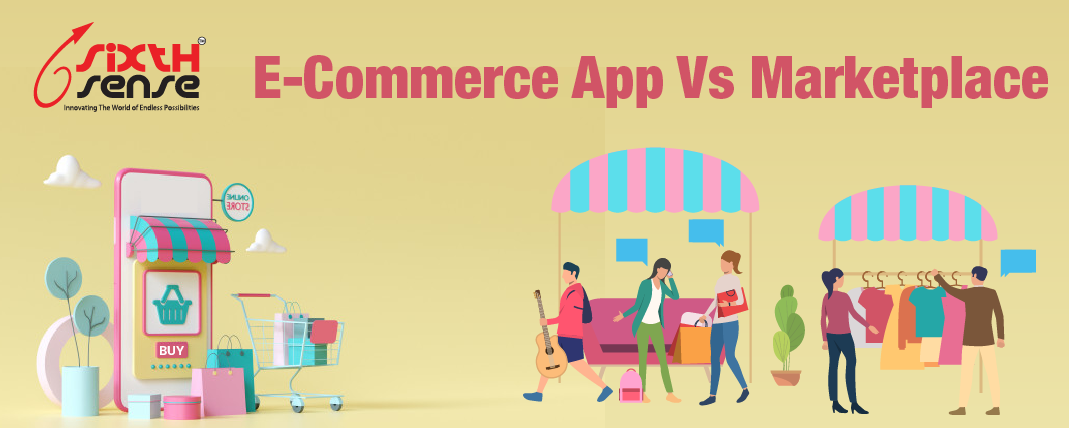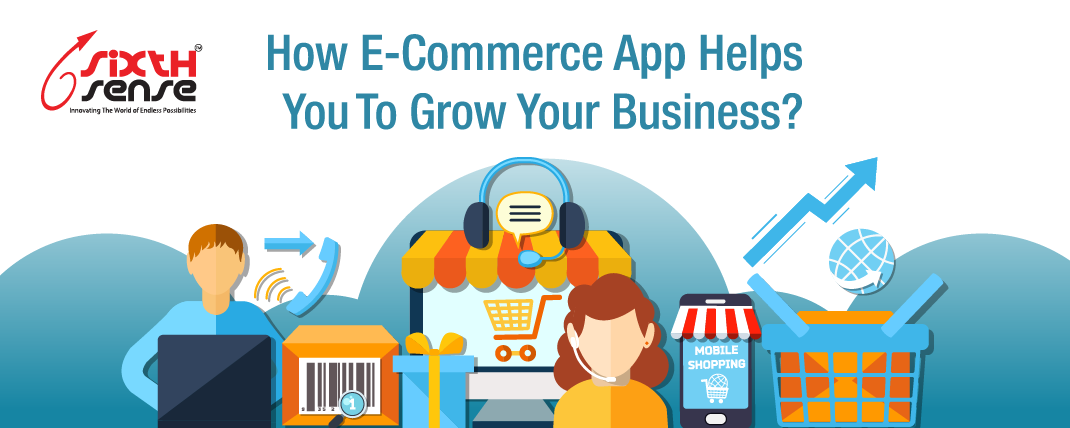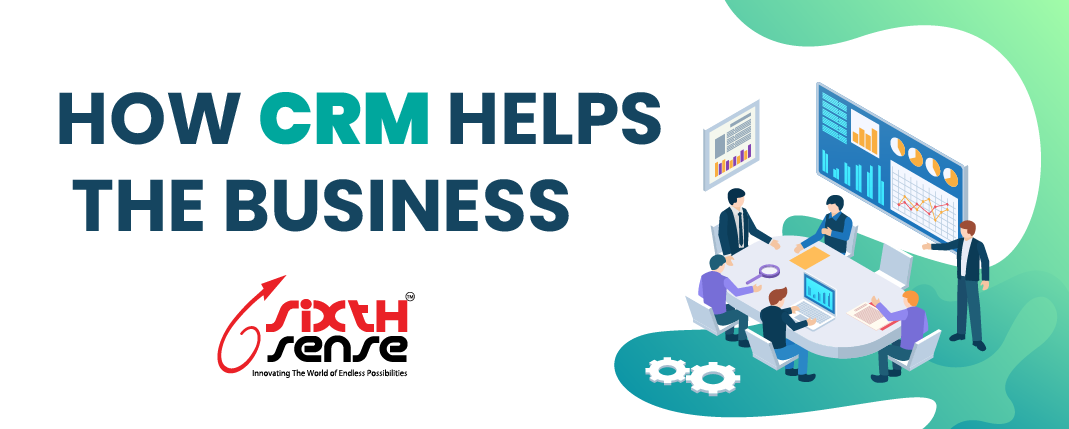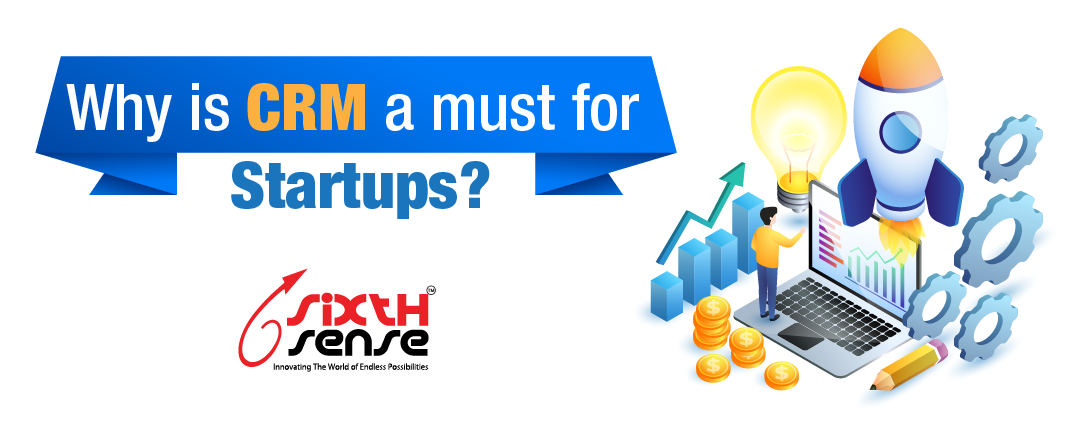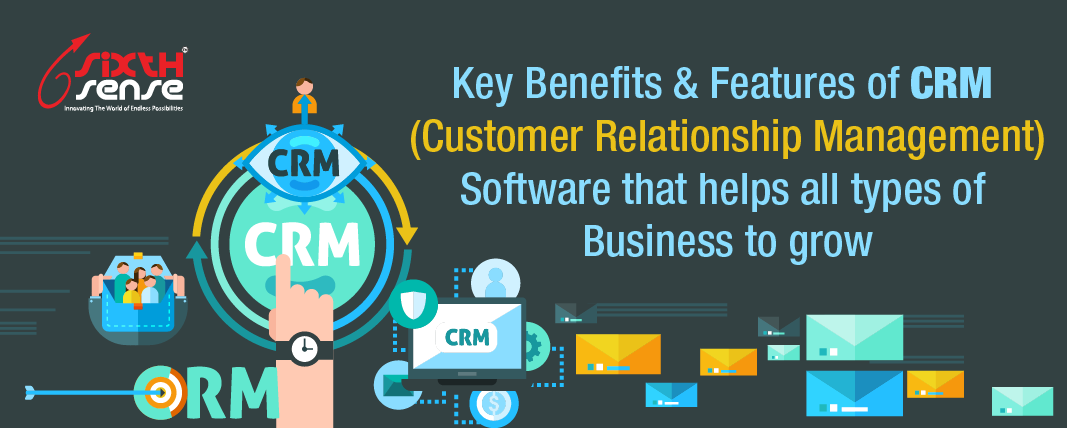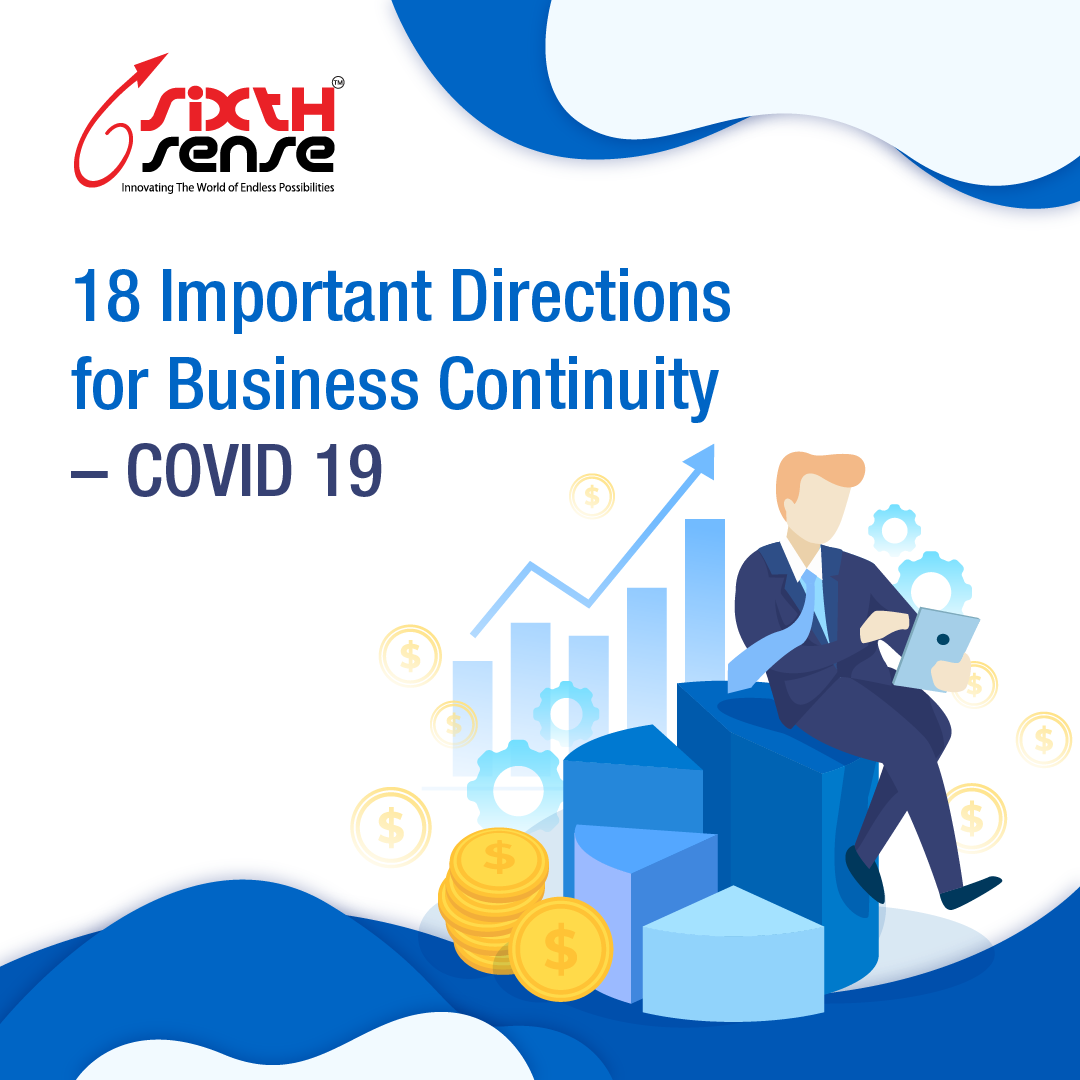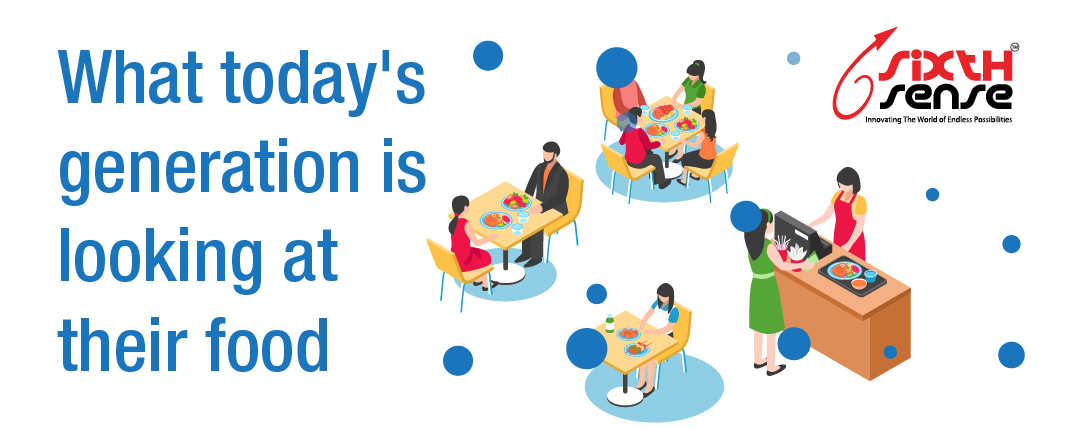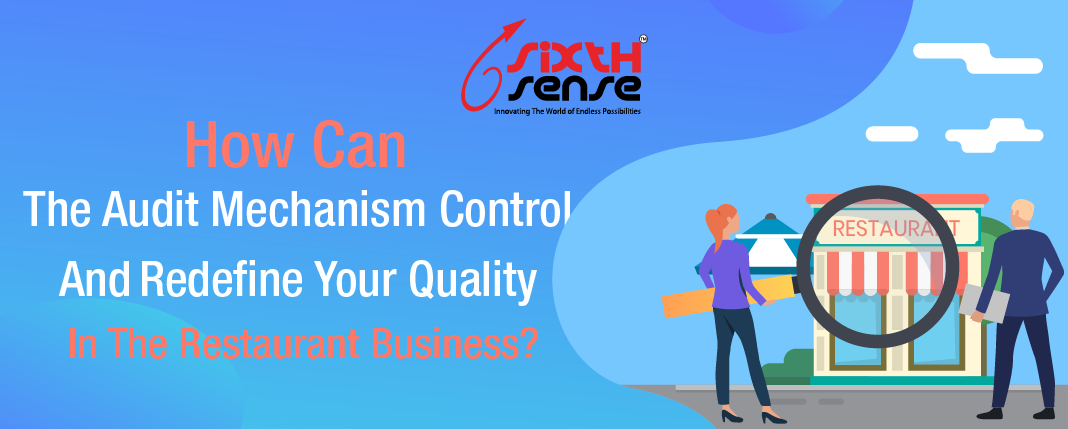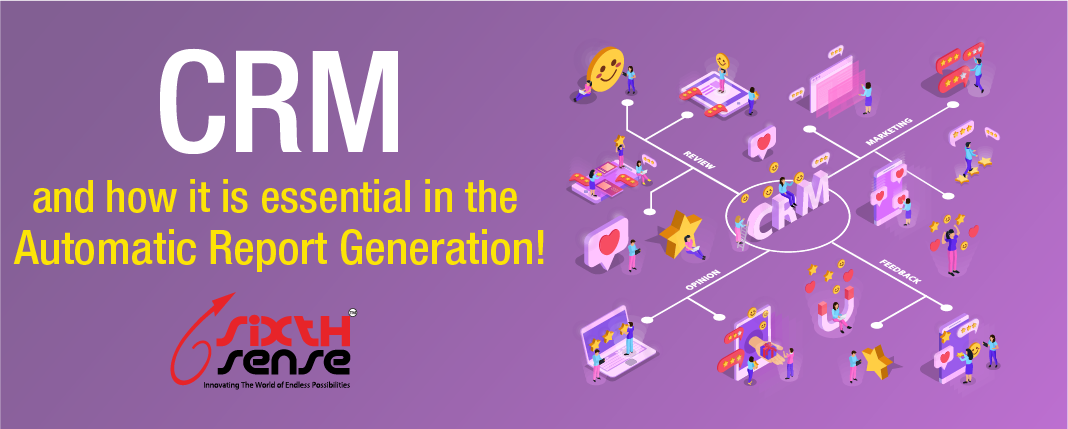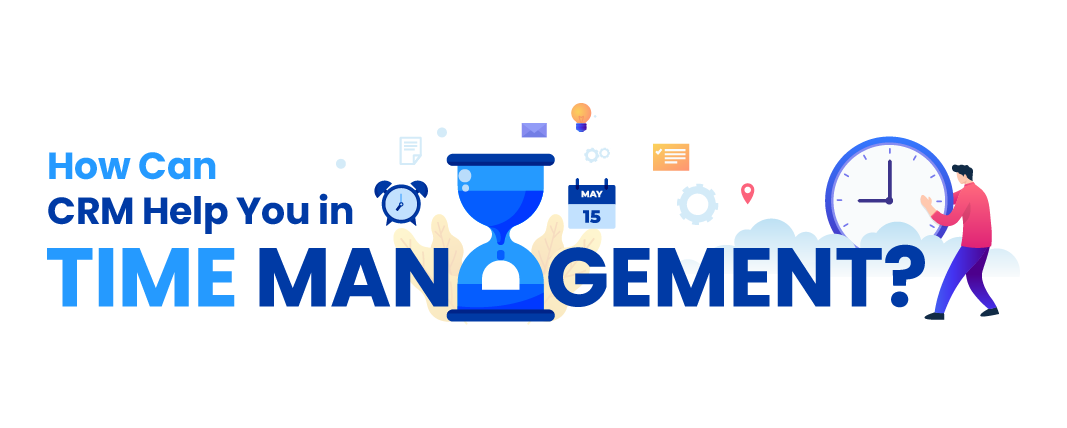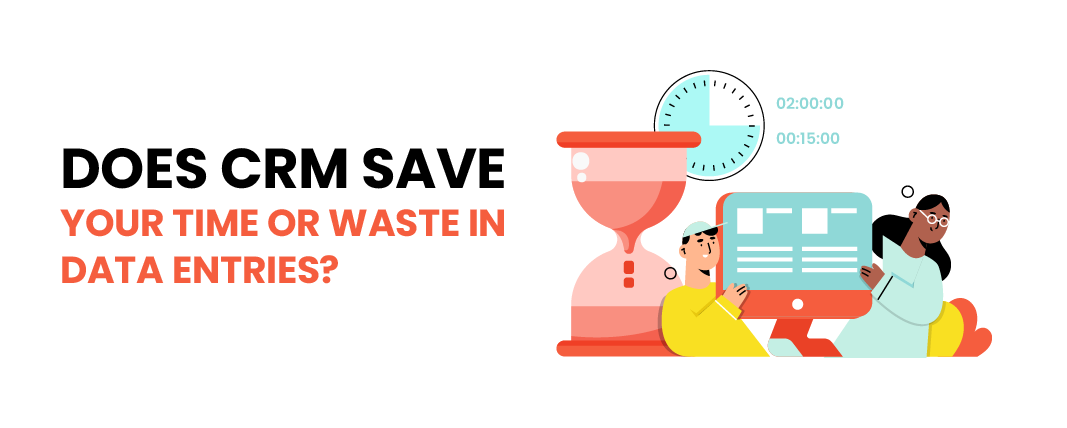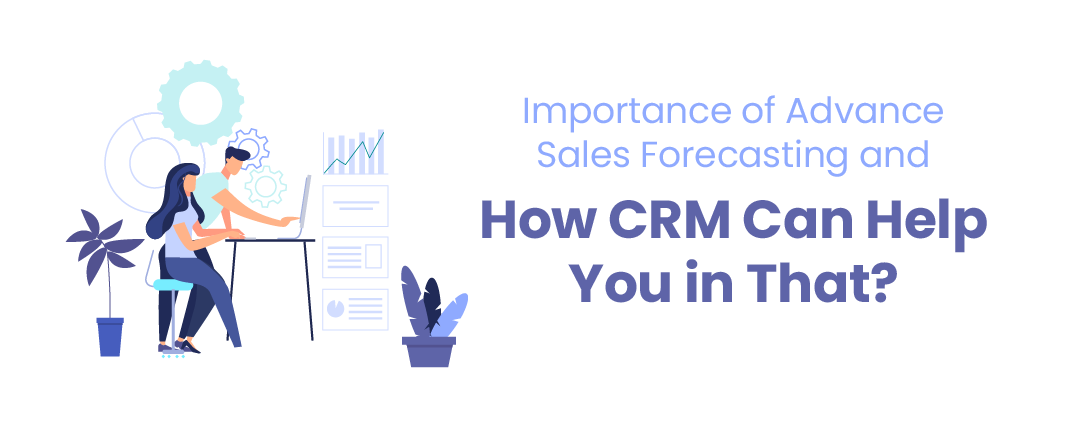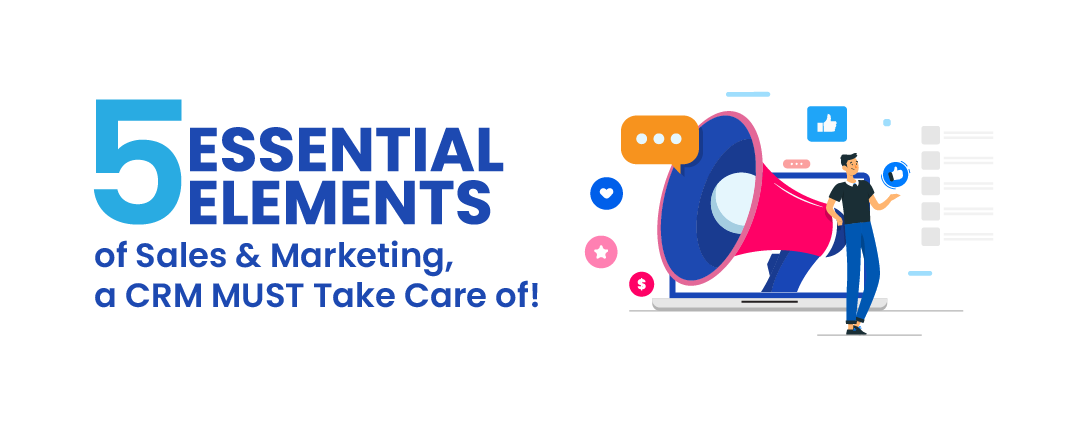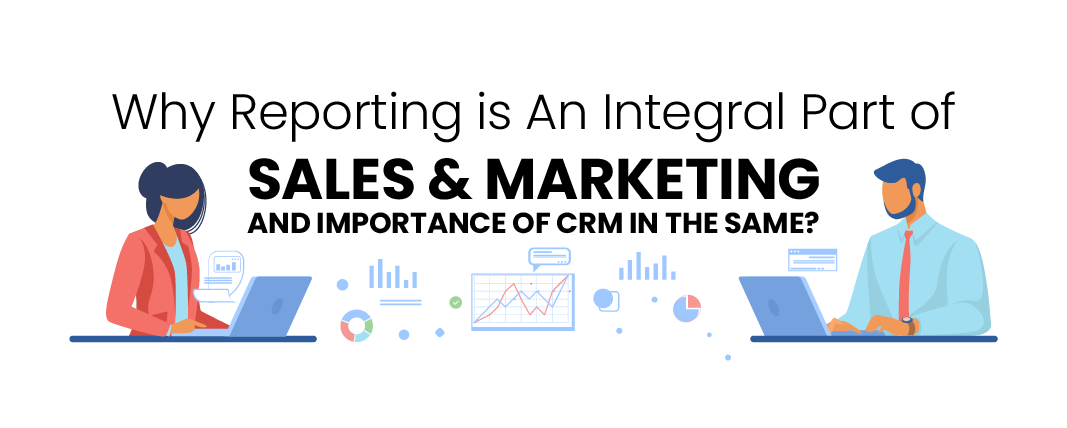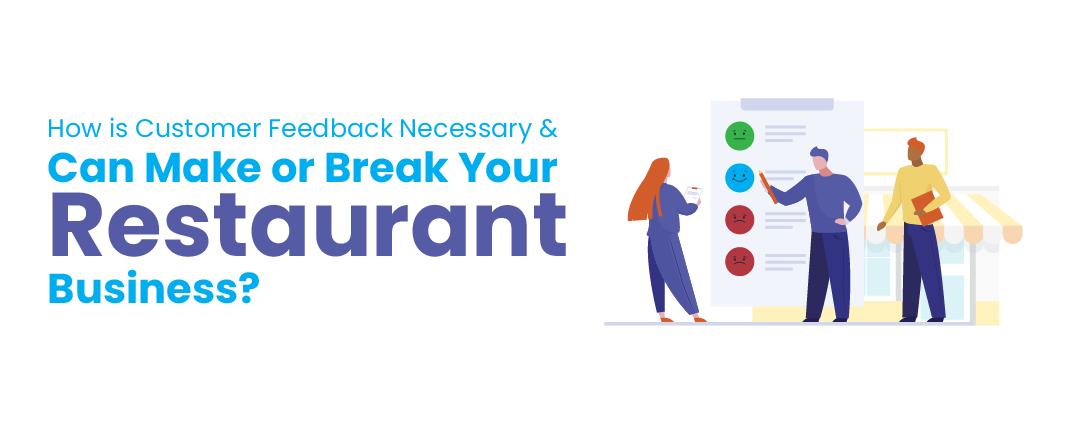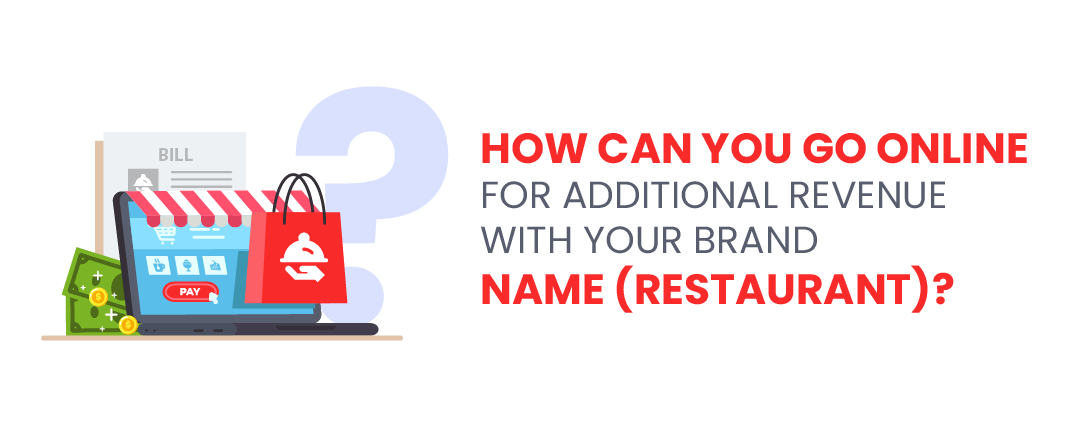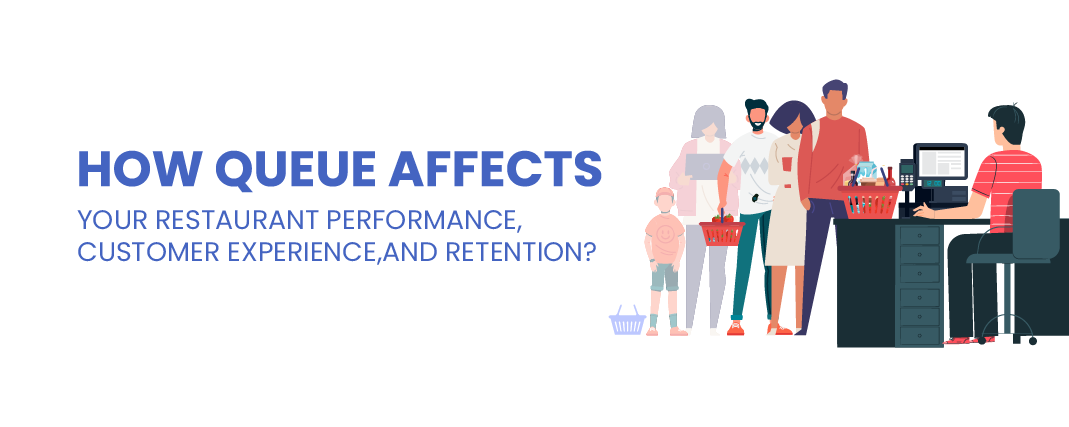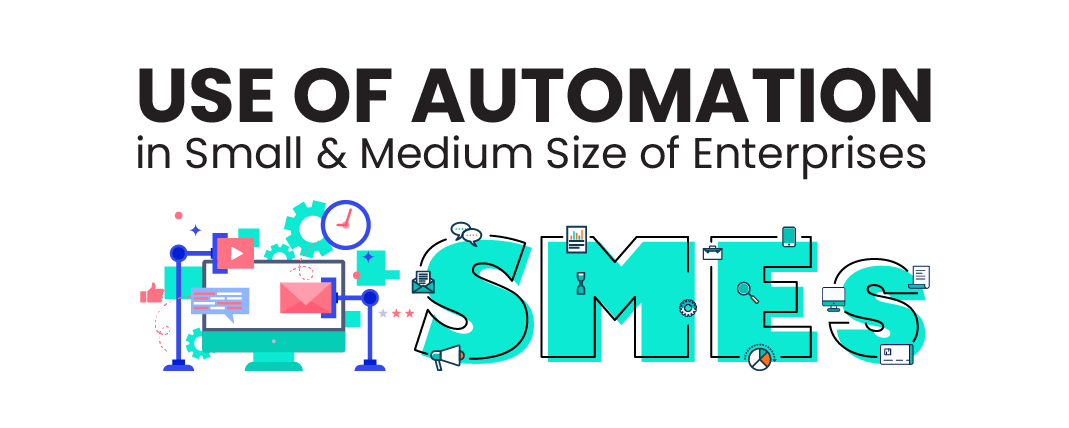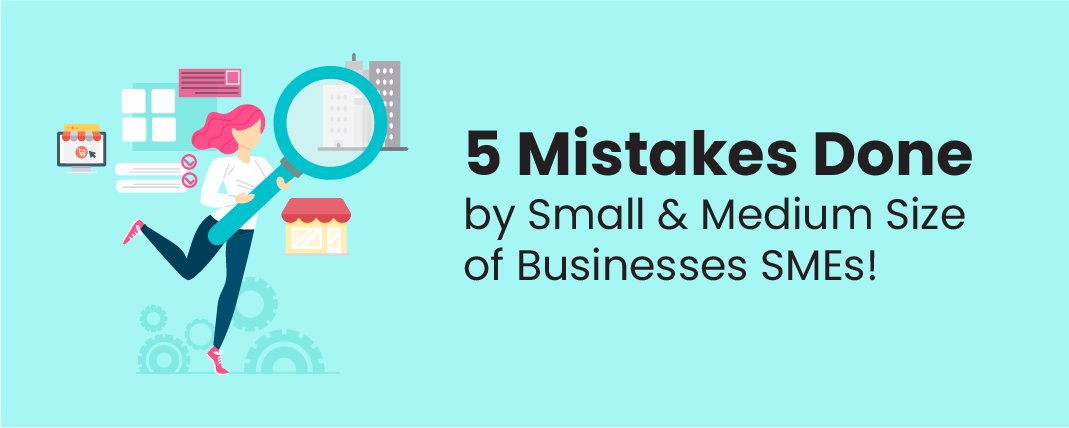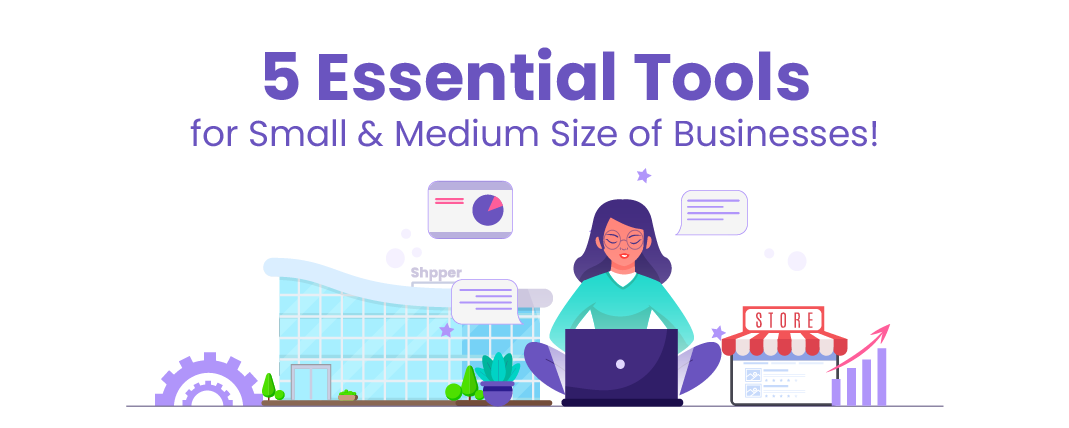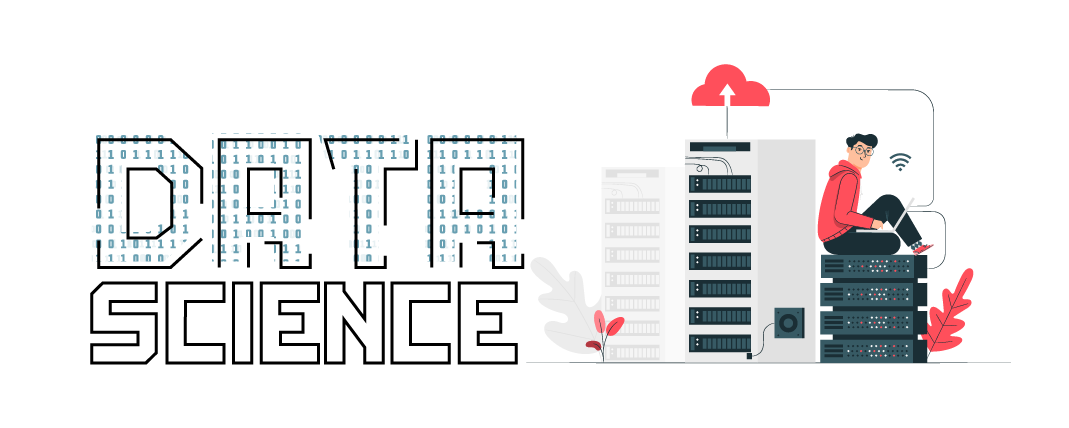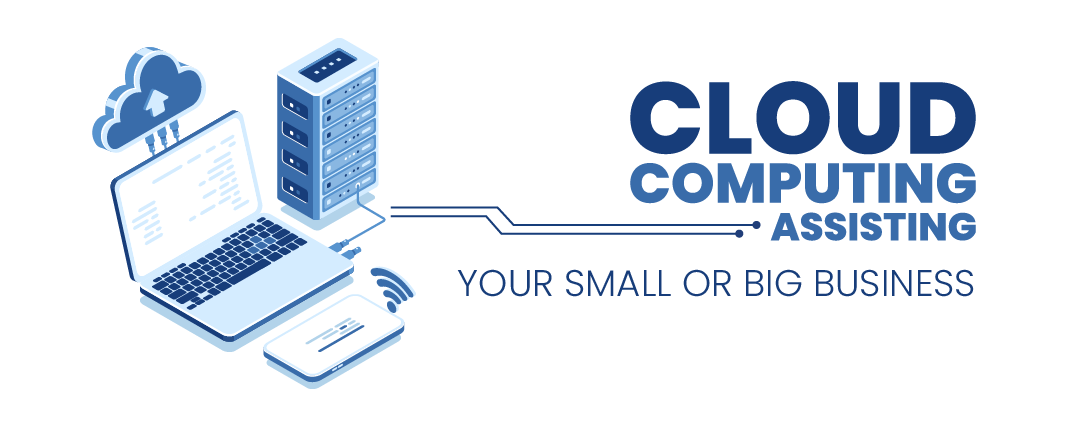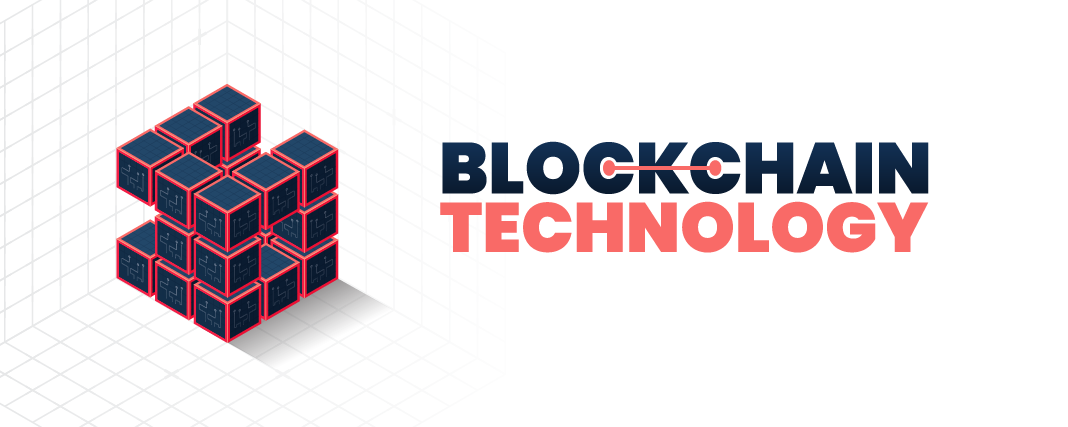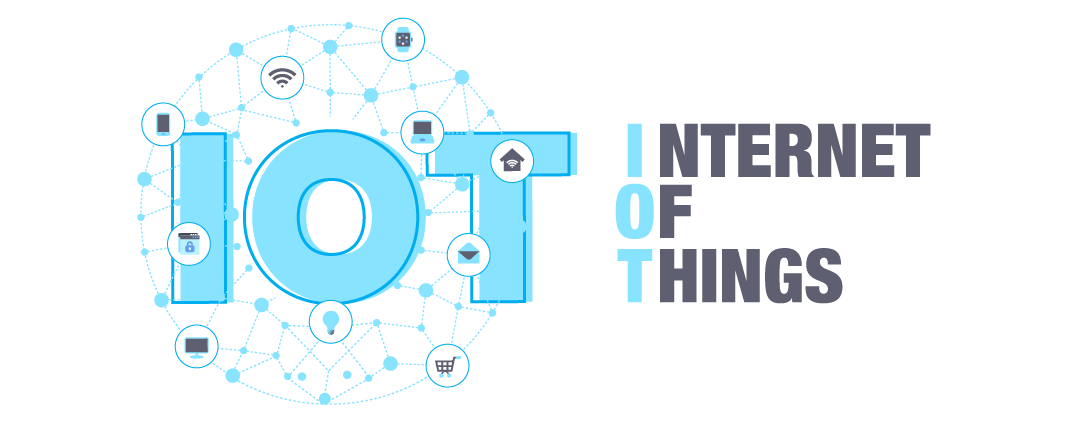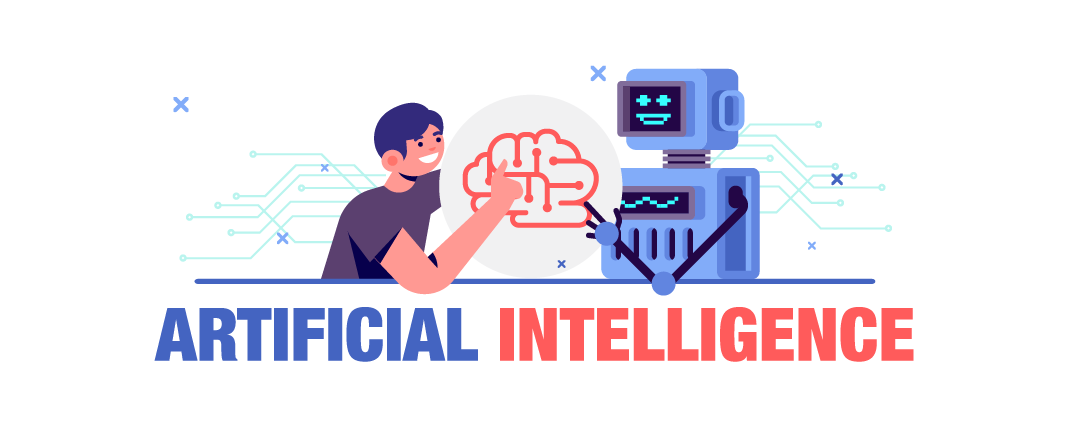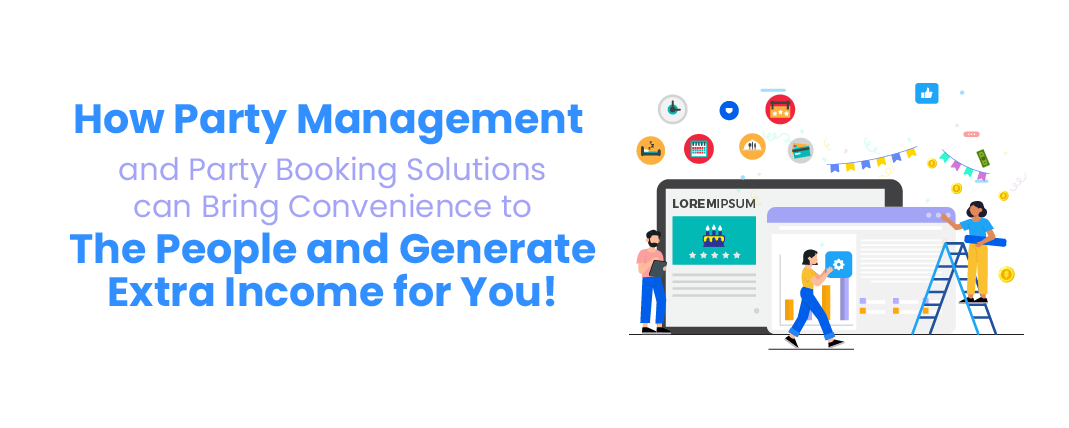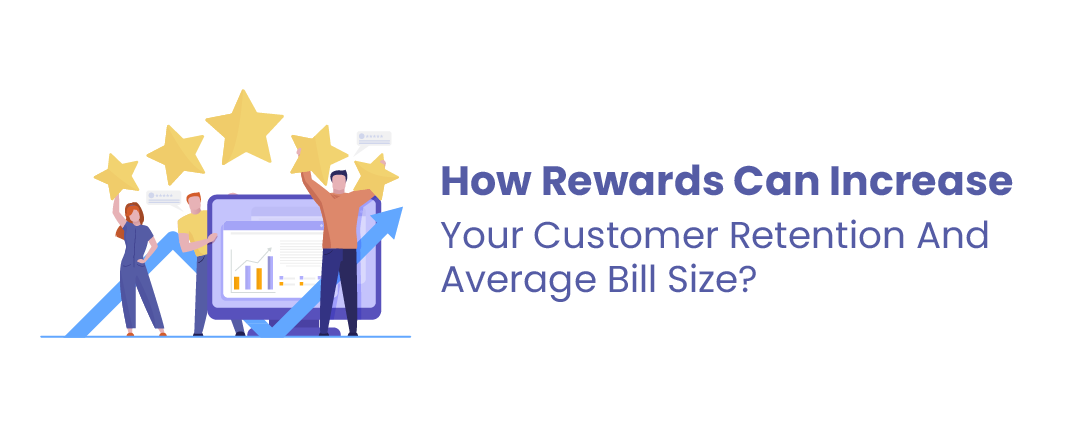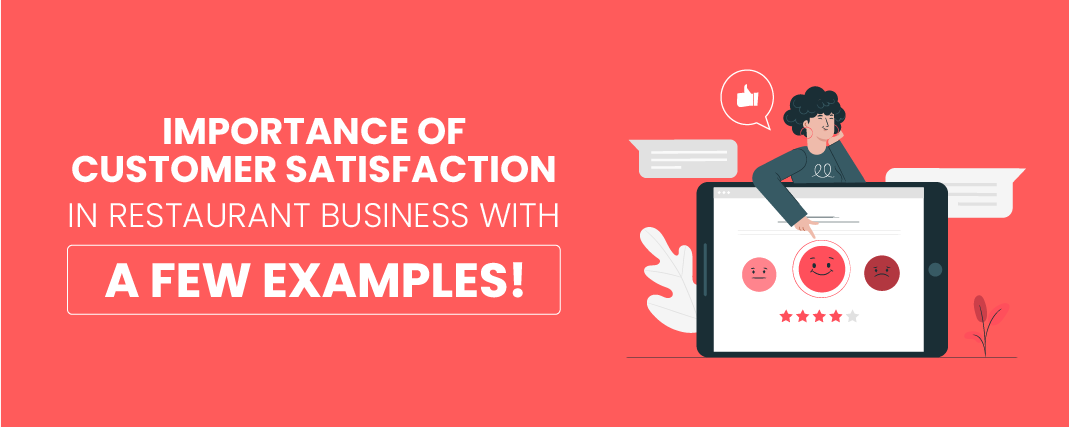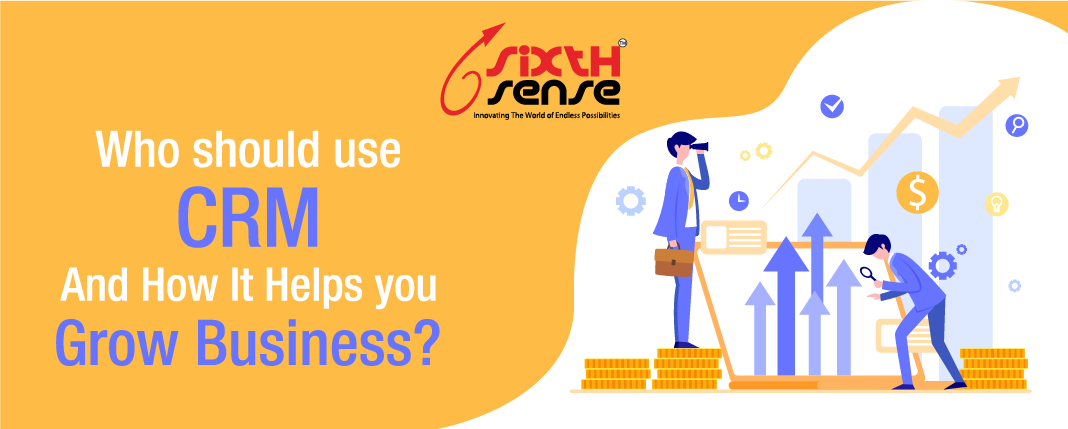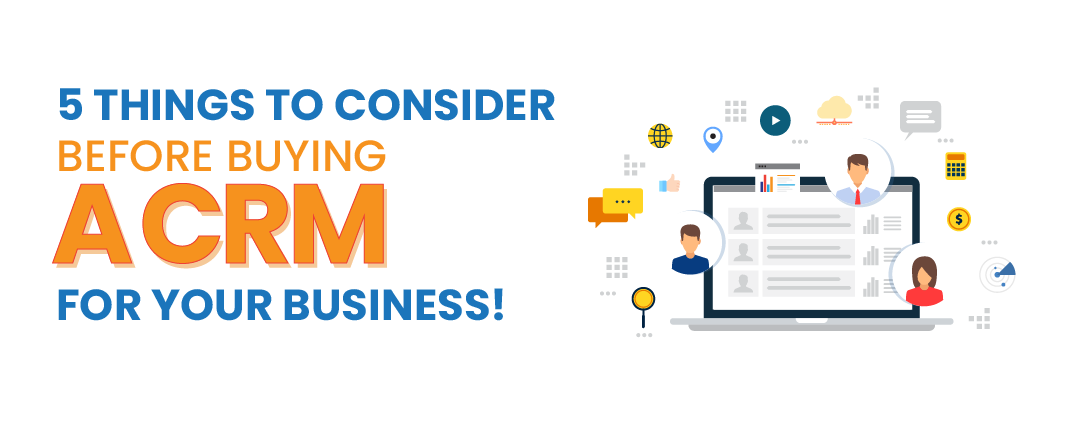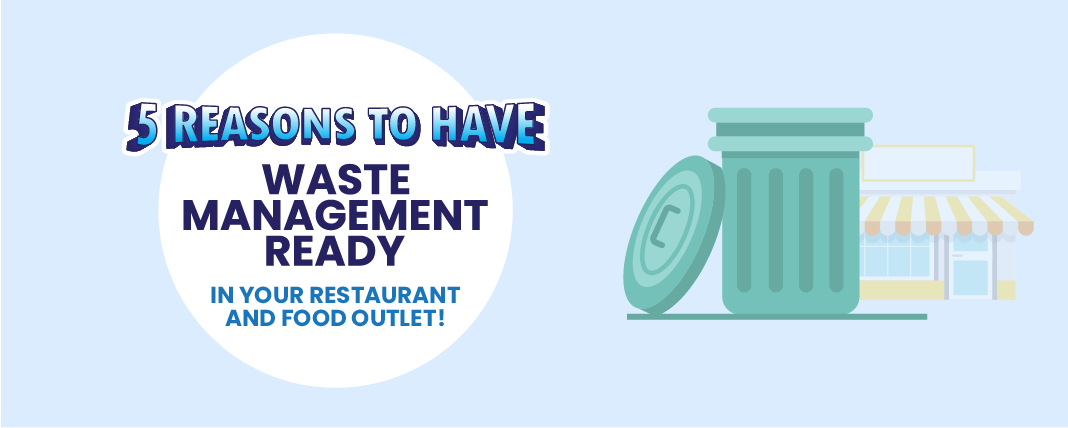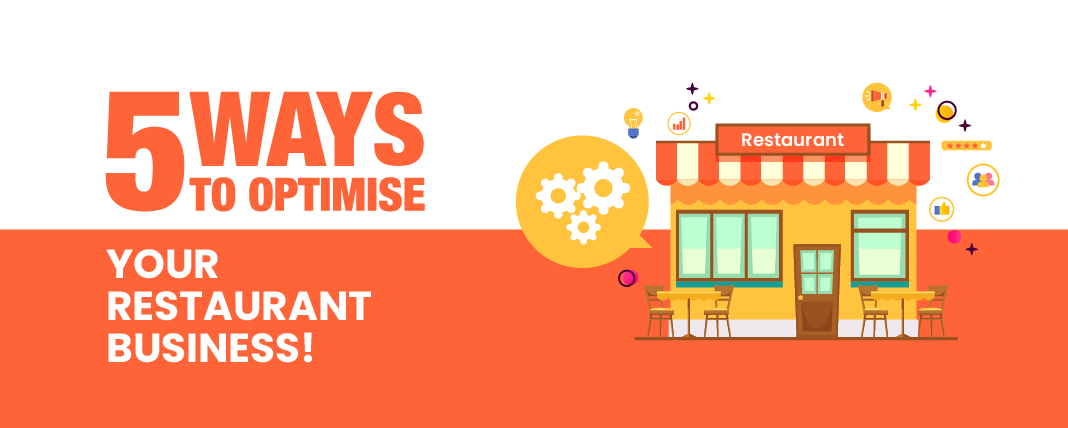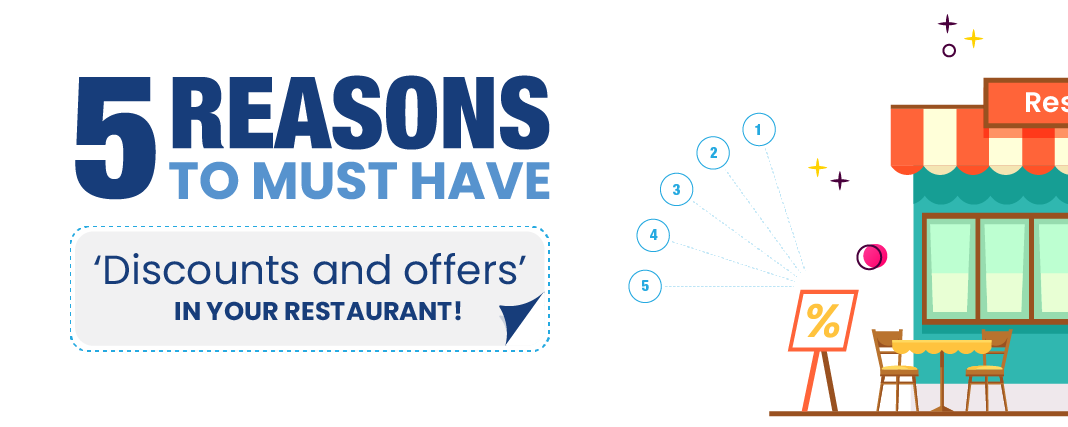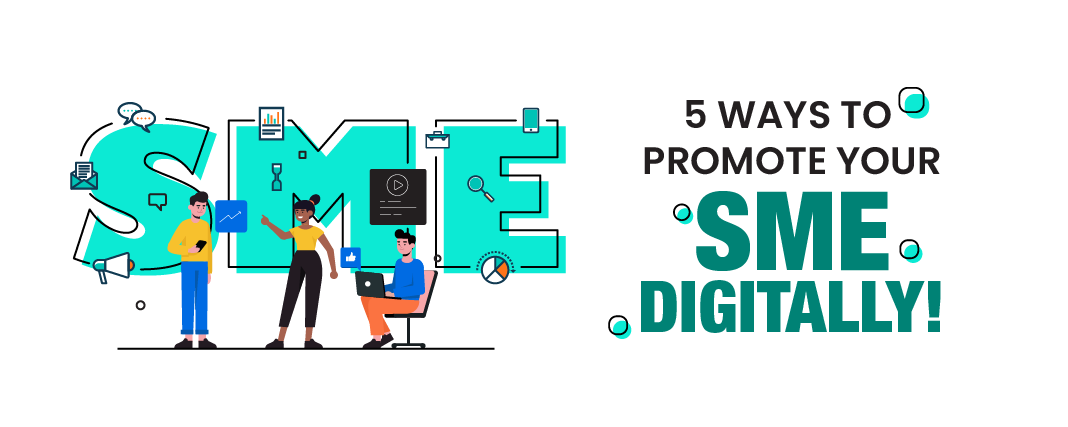
How to Use Email Marketing for Discount Success: Nurturing Leads into Sales
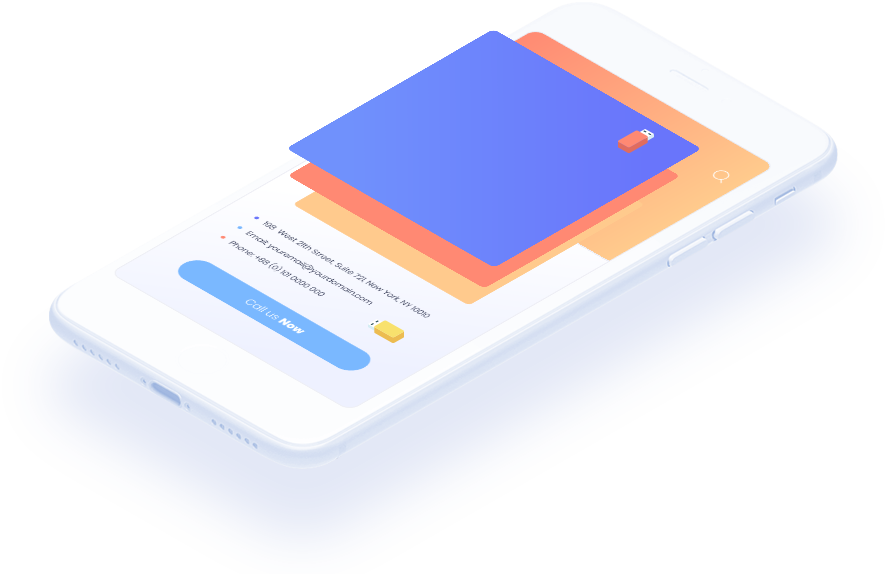
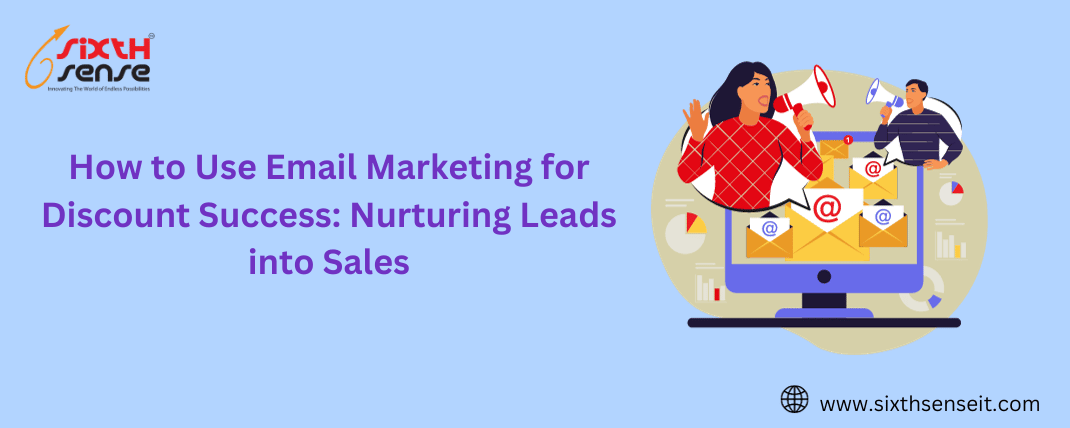
Email marketing remains a potent tool in the digital age, providing businesses with a direct line of communication to their audience. When combined with the allure of discounts, it becomes a formidable strategy for nurturing leads into sales. In this comprehensive guide, we'll explore the art of using email marketing to achieve discount success and turn potential customers into loyal buyers.
Email marketing involves sending targeted messages to a list of subscribers or potential customers. It's a cost-effective way to reach your audience directly, build relationships, and drive sales.
Email marketing is a digital marketing strategy that involves sending targeted messages and content to a group of subscribers or potential customers through email. It's a cost-effective and direct way for businesses to engage with their audience, build relationships, and promote products or services. By crafting compelling email content, segmenting lists, and utilizing automation, businesses can deliver personalized messages that resonate with recipients, ultimately driving conversions and fostering customer loyalty. Email marketing is a versatile tool that can be tailored to various goals, from nurturing leads to promoting special offers or providing valuable content to subscribers.
Cost-Effective: Email marketing is one of the most cost-effective forms of digital marketing, with a high return on investment (ROI). It eliminates the need for printing, postage, or advertising fees associated with other channels.
Direct Communication: Email allows direct communication with your audience, delivering messages right to their inbox. This direct line of contact can be invaluable for building relationships and promoting your brand.
Wide Reach: With billions of email users worldwide, you can reach a vast and diverse audience, making it an ideal platform for both small businesses and larger enterprises.
Personalization: Email marketing enables personalized communication. You can segment your email list based on demographics, behaviors, or preferences, tailoring content to specific groups for higher engagement.
Automation: Automation tools make it easy to schedule and send emails at optimal times, send welcome series, nurture leads, and re-engage dormant subscribers, saving time and effort.
Measurable Results: Email marketing provides detailed analytics, allowing you to track open rates, click-through rates, conversion rates, and more. This data helps refine strategies for better performance.
Increased Sales: Email marketing can drive sales by promoting products, offering discounts, or showcasing new arrivals. It's an effective channel for both online and offline businesses.
Customer Engagement: Regular email communication keeps your brand top-of-mind, engages customers with valuable content, and fosters loyalty over time.
Global Reach: Email knows no geographic boundaries, making it an excellent tool for businesses looking to expand their reach internationally.
Easy to Share: Email content can be easily forwarded by recipients to friends and family, potentially expanding your reach through word-of-mouth recommendations.
Brand Consistency: Email templates and designs can maintain consistent branding, reinforcing your company's image and message.
Enhanced Customer Service: Email provides a platform for addressing customer inquiries, resolving issues, and offering support, contributing to a positive customer experience.
Discuss the advantages of email marketing, including its high return on investment (ROI), ability to reach a wide audience, and versatility in delivering various types of content.
Creating Engaging Sign-Up Forms
Explain how to design sign-up forms that capture the attention of visitors and encourage them to subscribe. Provide examples of effective sign-up forms.
Discuss the importance of offering incentives like discounts or exclusive content to encourage people to join your email list.
Explain the benefits of segmenting your email list based on demographics, behavior, or preferences, allowing you to send more relevant content.
Explore the art of crafting subject lines that entice recipients to open your emails. Share tips for creating curiosity and urgency.
Engaging Email Copy
Provide guidelines for writing engaging and concise email content that keeps readers interested and conveys your message effectively.
Explain the importance of using images, videos, and well-designed templates to make your emails visually appealing and easy to read.
Discuss the importance of defining your goals for using discounts in your email marketing campaigns, whether it's boosting sales, clearing inventory, or increasing brand awareness.
Examine different discount strategies, such as percentage discounts, fixed amount discounts, and BOGO deals, and when to use each to achieve your objectives.
Share insights into the best times to offer discounts, such as holidays, special occasions, or seasonal promotions, and how to align them with your marketing calendar.
Explain how to create compelling CTAs that guide readers towards taking the desired action, whether it's making a purchase, signing up for a webinar, or downloading a resource.
Highlight the importance of ensuring that your emails are mobile-friendly, as an increasing number of people access emails on their smartphones.
Discuss the value of A/B testing different email elements like subject lines, content, and CTAs to determine what resonates most with your audience.
Explain the significance of sending welcome emails to new subscribers and how to use them to introduce your brand and offer an initial discount.
Abandoned Cart Emails
Share strategies for creating automated abandoned cart emails that encourage shoppers to complete their purchases by reminding them of the items left behind and offering incentives.
Discuss the concept of drip campaigns, where you send a series of emails over time to nurture leads and gradually introduce discounts or promotions.
Identify the essential email marketing metrics, such as open rates, click-through rates, conversion rates, and revenue generated, and explain how to interpret them.
Highlight the ongoing process of A/B testing to continually refine your email marketing strategy for better results.
Explain how gathering customer feedback and insights through surveys can help tailor your email marketing efforts to meet their preferences and expectations.
Share strategies for engaging with customers after they've made a purchase, including sending thank-you emails, requesting reviews, and offering loyalty rewards.
Personalization
Emphasize the importance of personalization in email marketing, from using the recipient's name to recommending products based on their previous purchases.
Discuss the need for regular and relevant communication to keep subscribers engaged and informed about your brand, products, and promotions.
Provide guidance on how to adhere to email marketing best practices and avoid ending up in the spam folder.
Overmailing
Caution against sending too many emails, which can lead to subscriber fatigue and increased unsubscribes.
Highlight the importance of optimizing emails for mobile devices to ensure a seamless user experience.
Email marketing combined with well-executed discounts is a potent formula for nurturing leads into sales and building lasting customer relationships. By building a strong email list, crafting compelling content, leveraging discounts effectively, designing conversion-focused emails, automating sequences, analyzing and optimizing, and maintaining customer relationships, your business can harness the full potential of email marketing to drive success and growth. It's a dynamic and ever-evolving strategy, and with dedication and a customer-centric approach, you can achieve discount success through email marketing. So, start nurturing your leads today and watch your sales soar.
